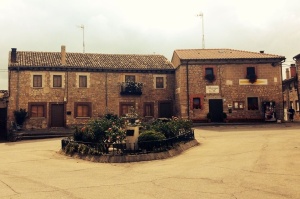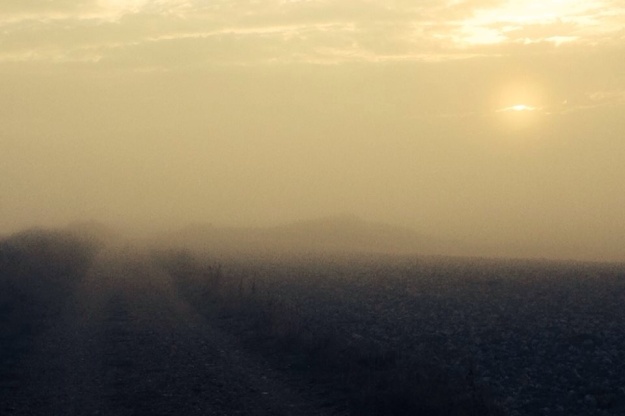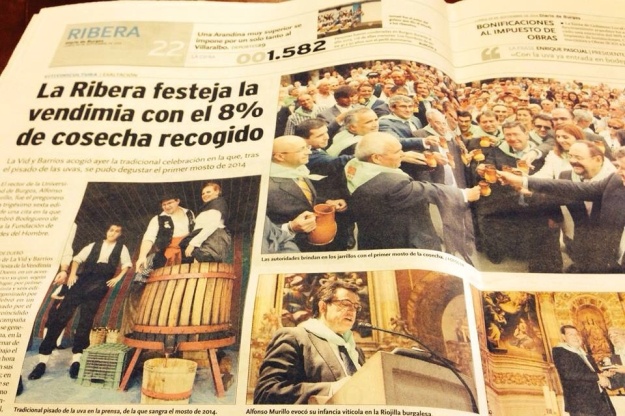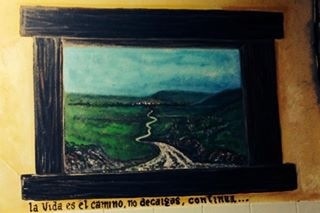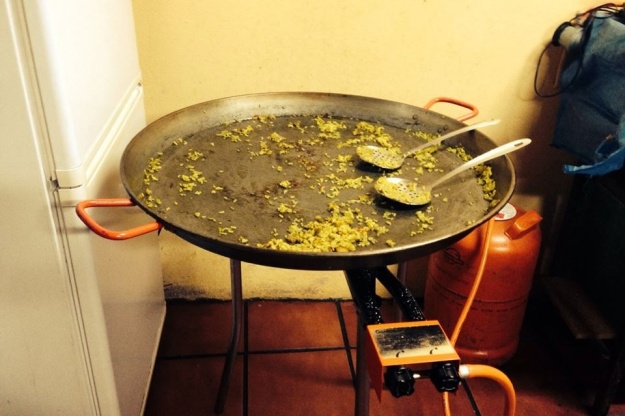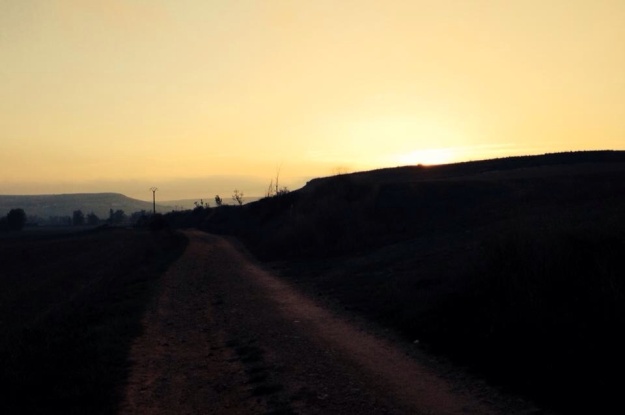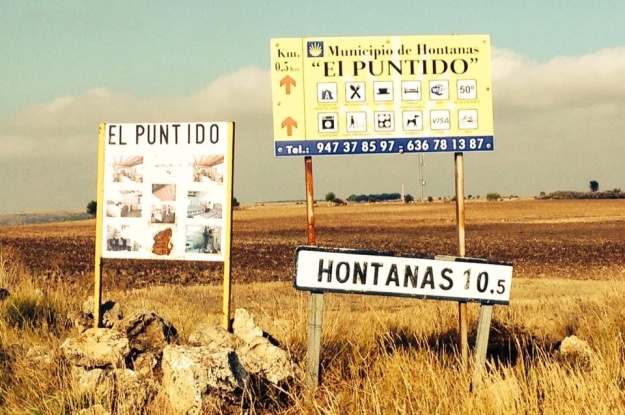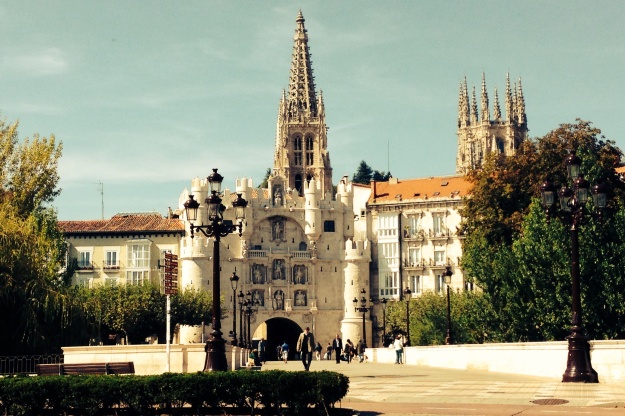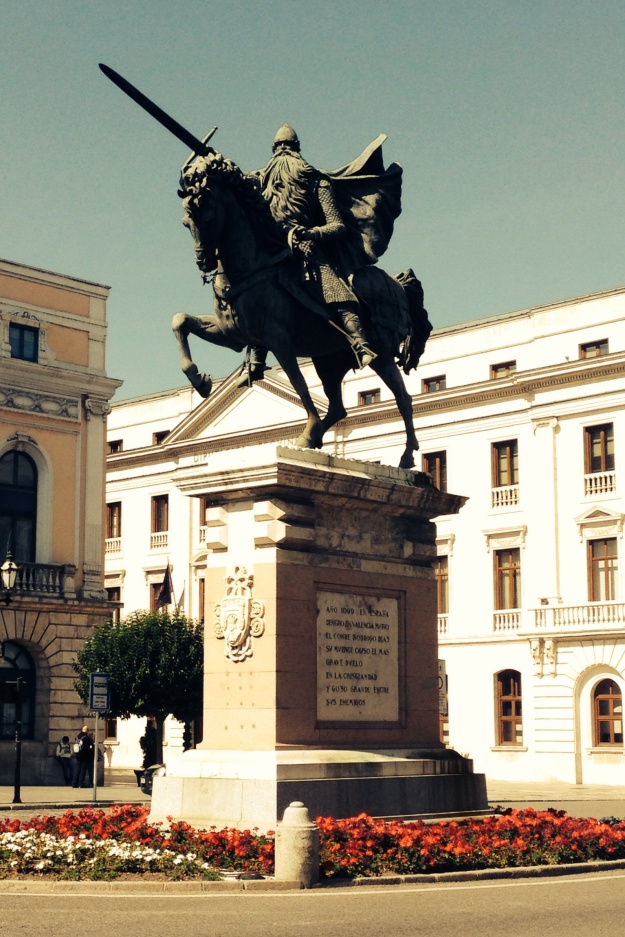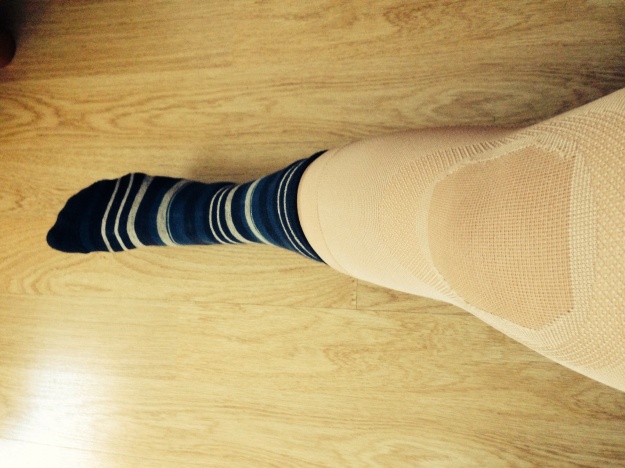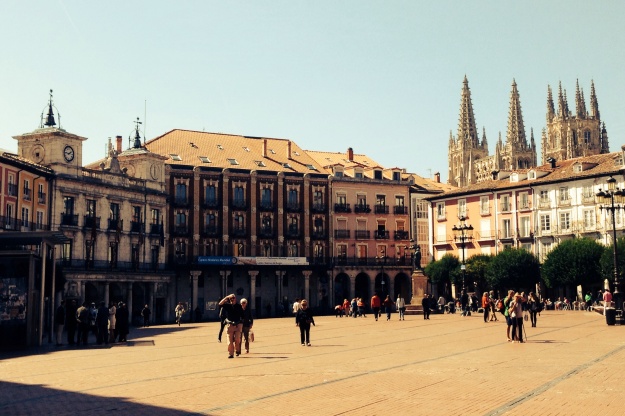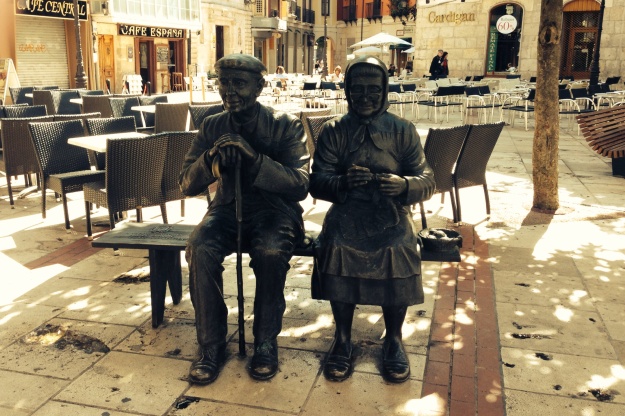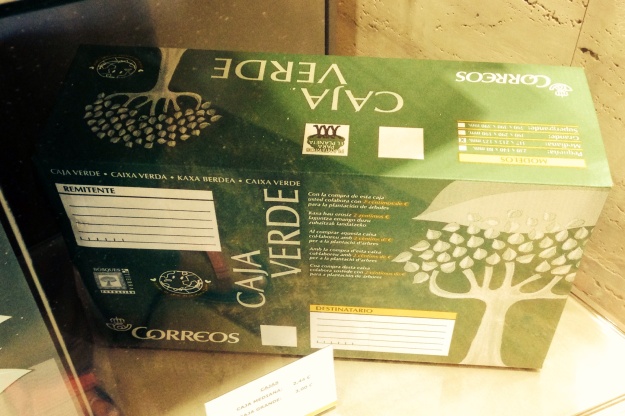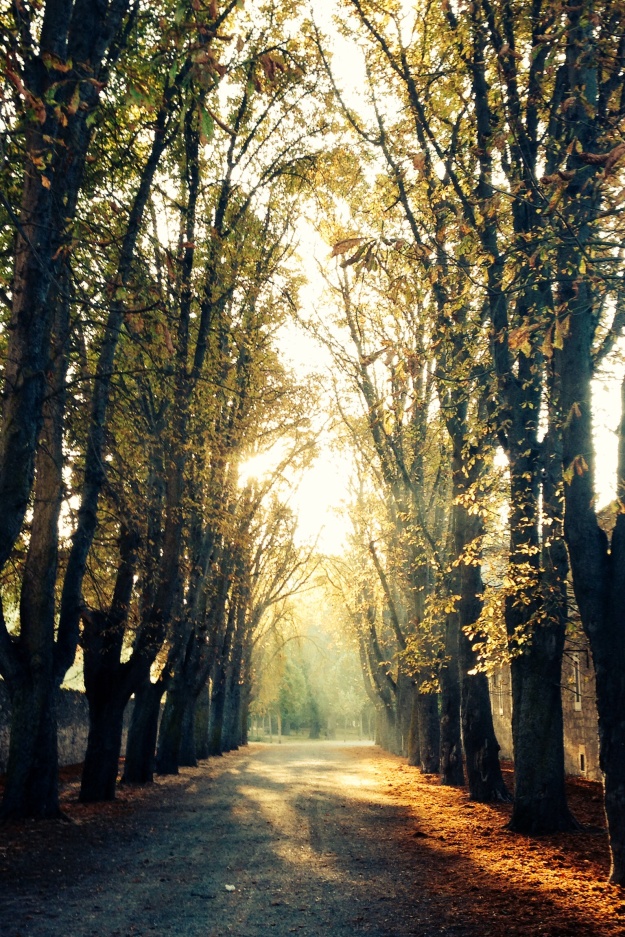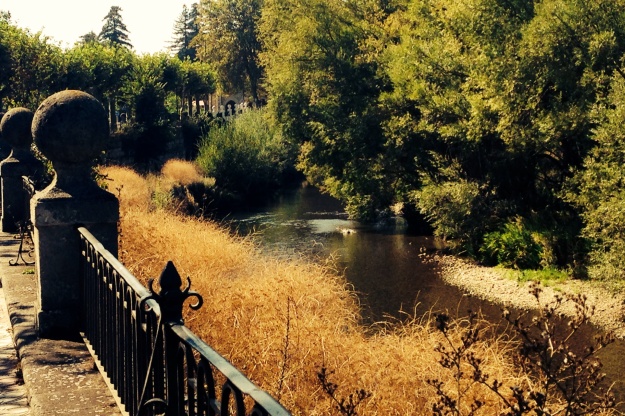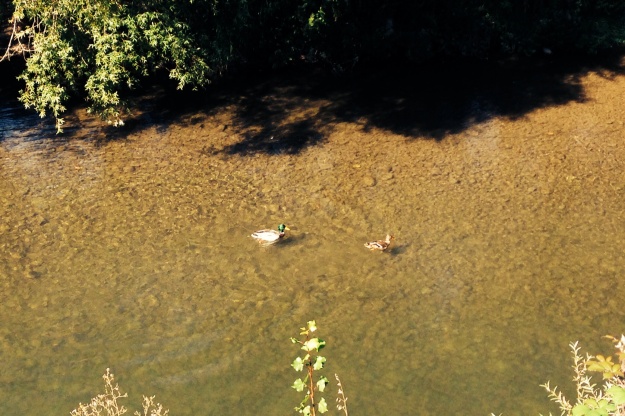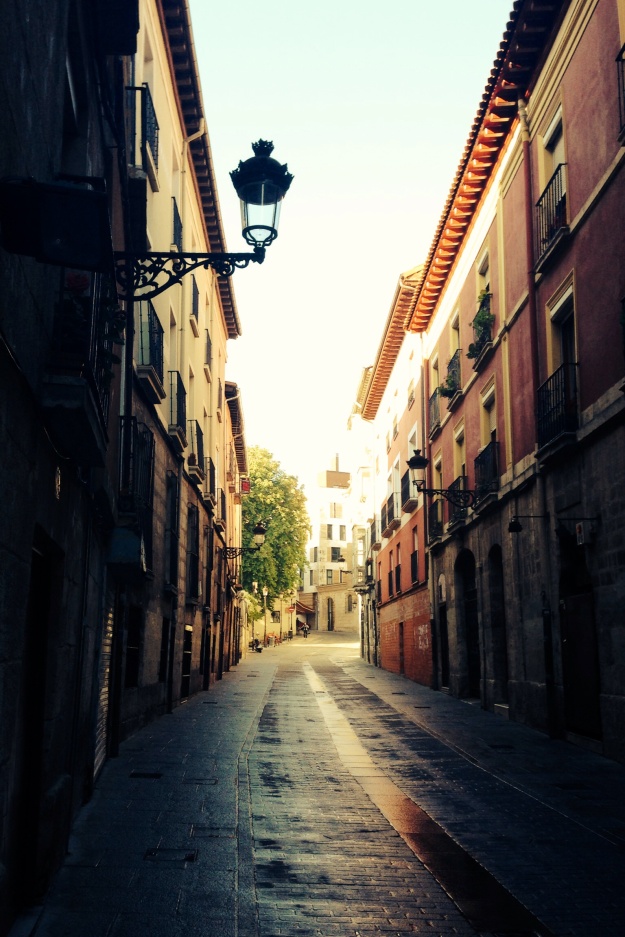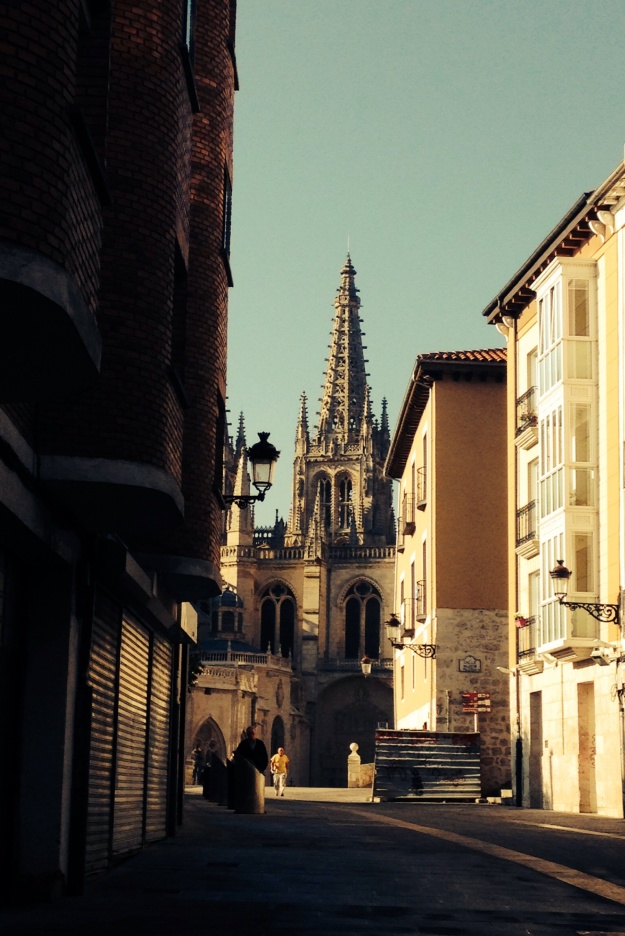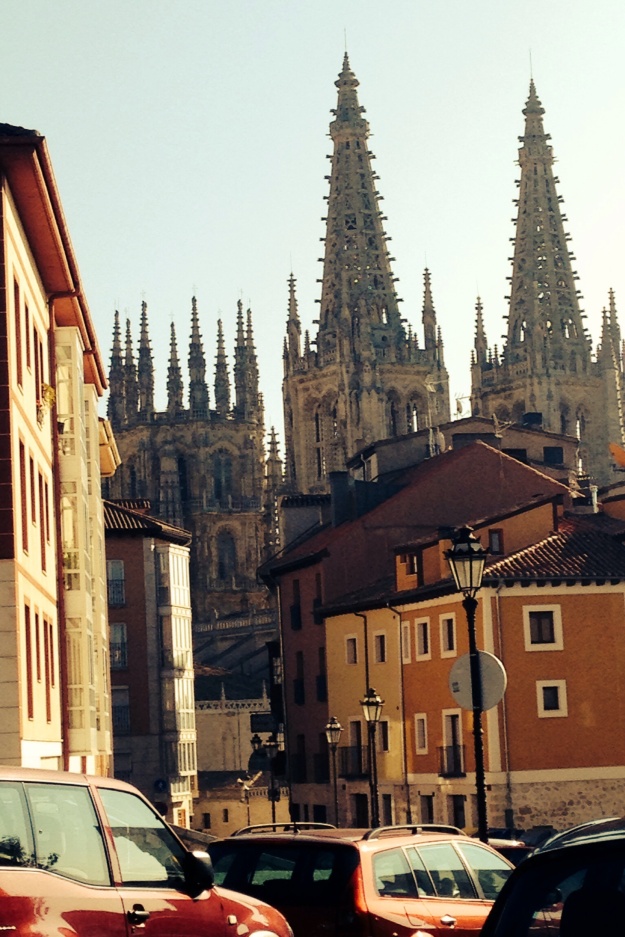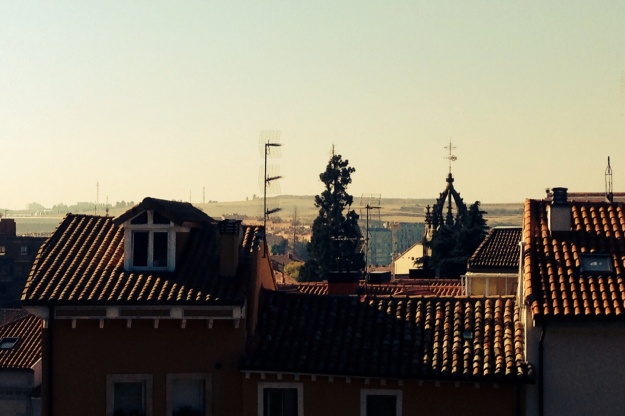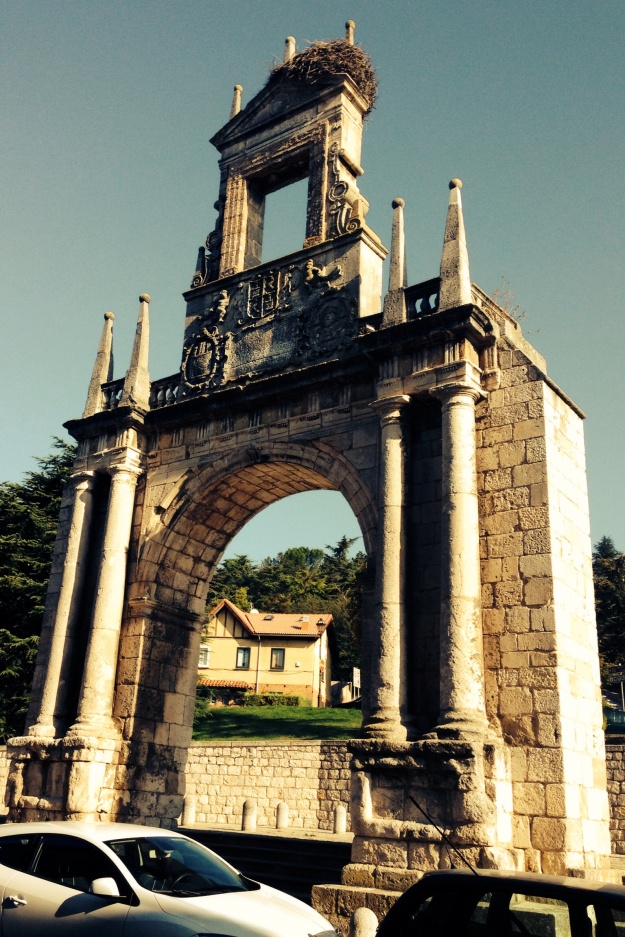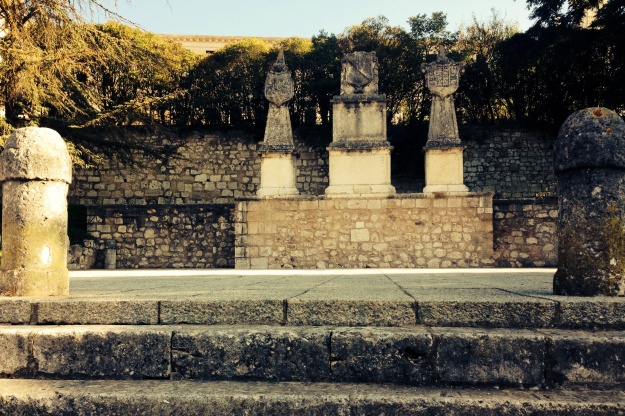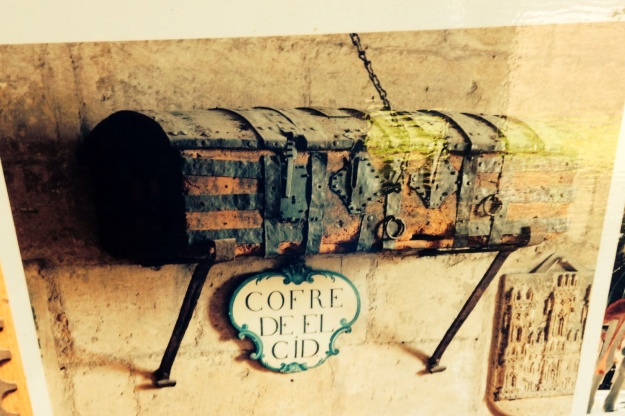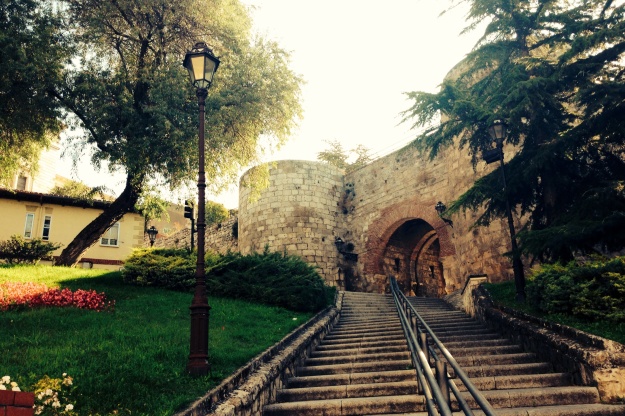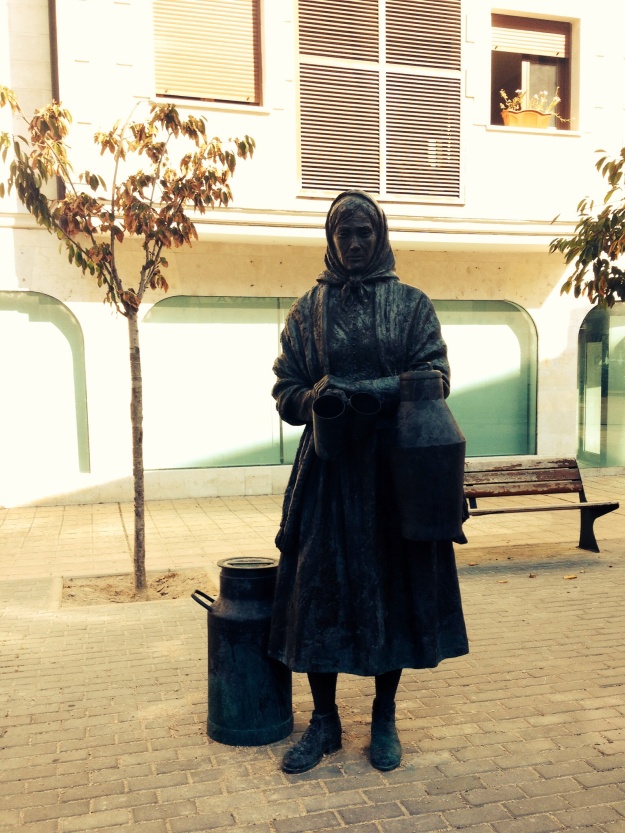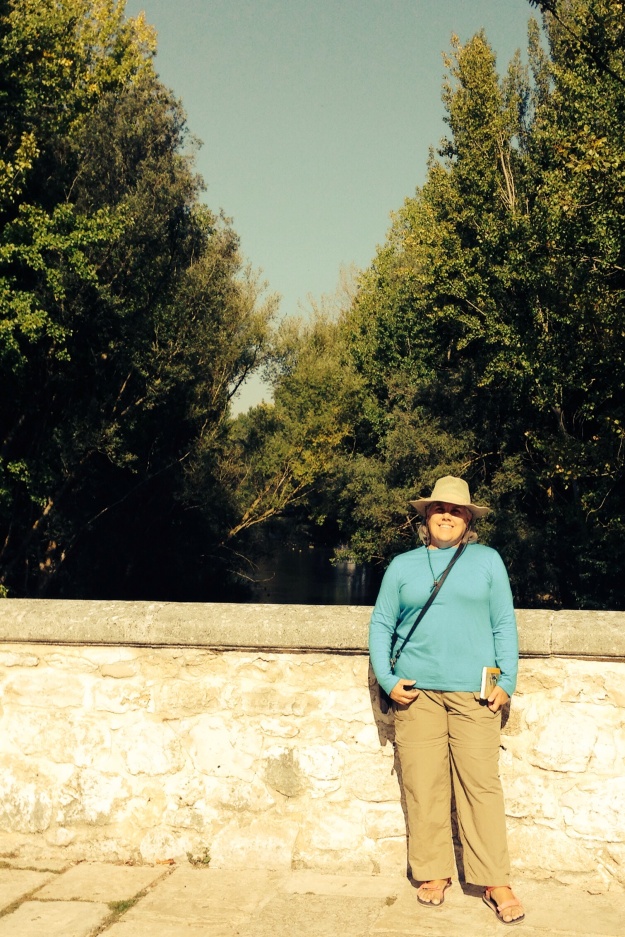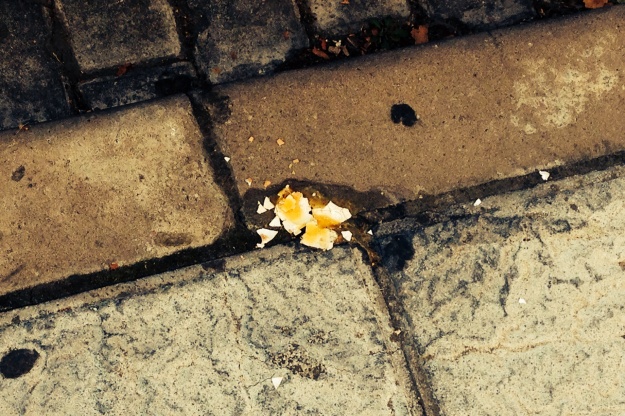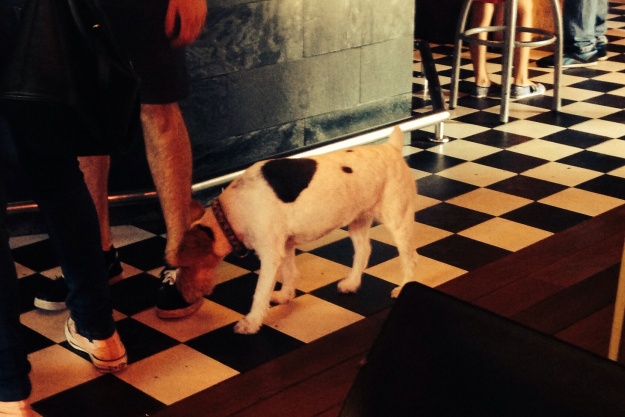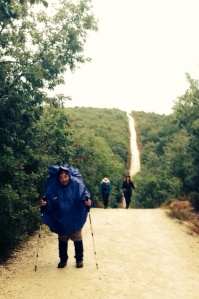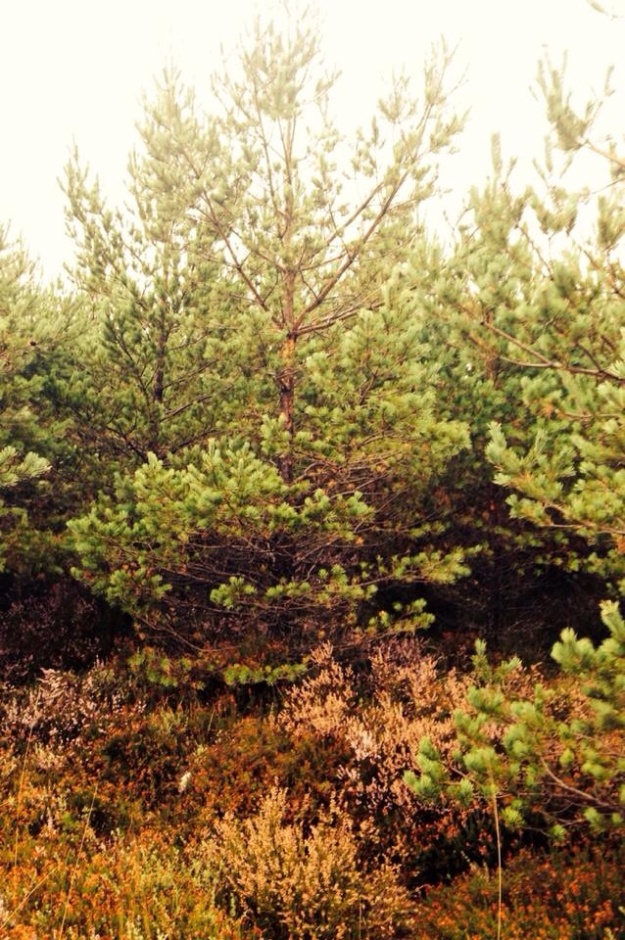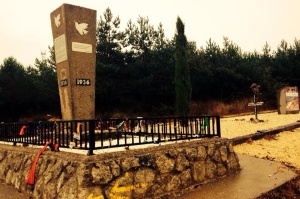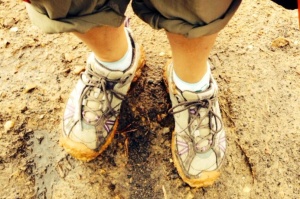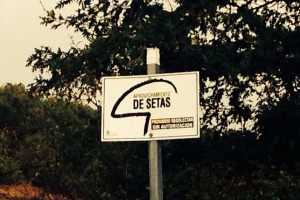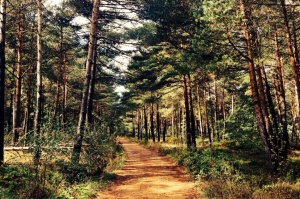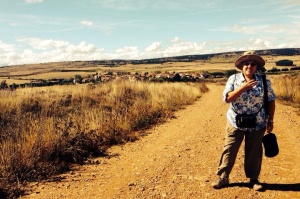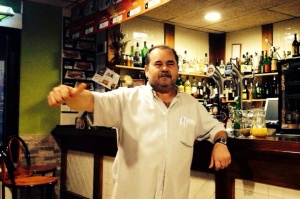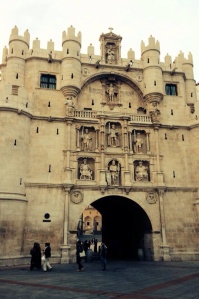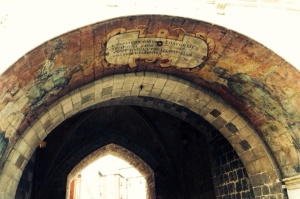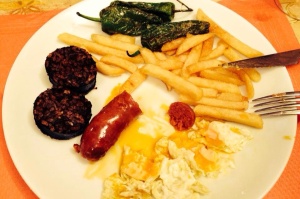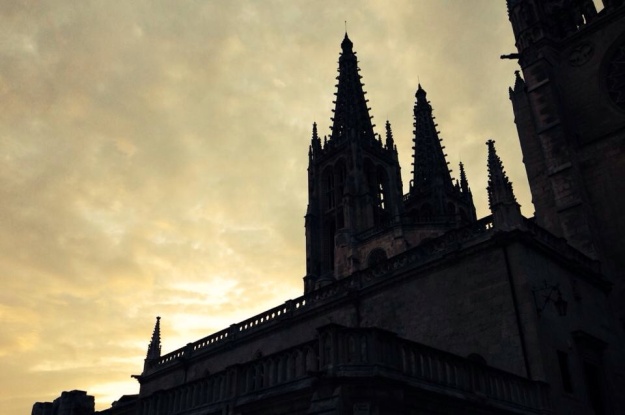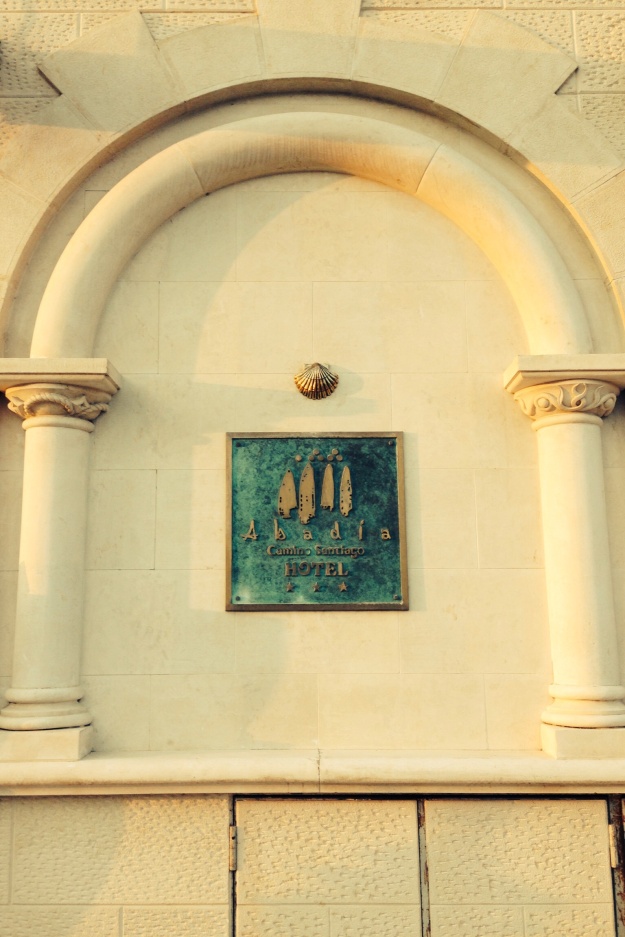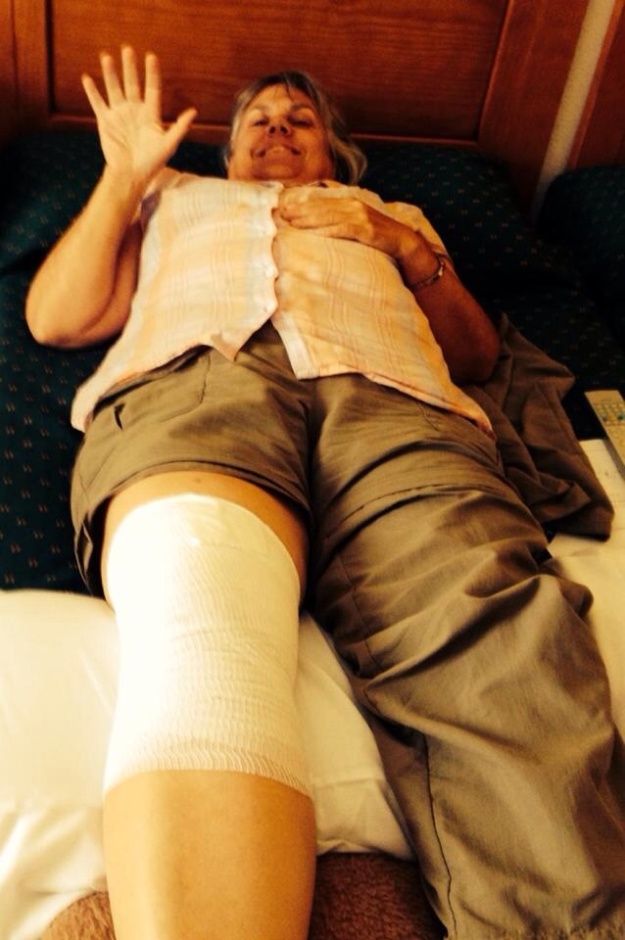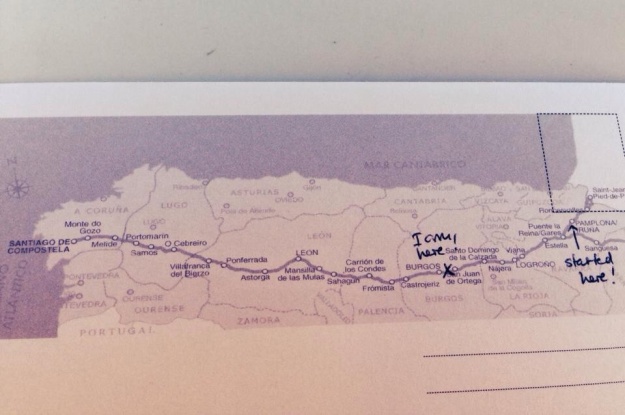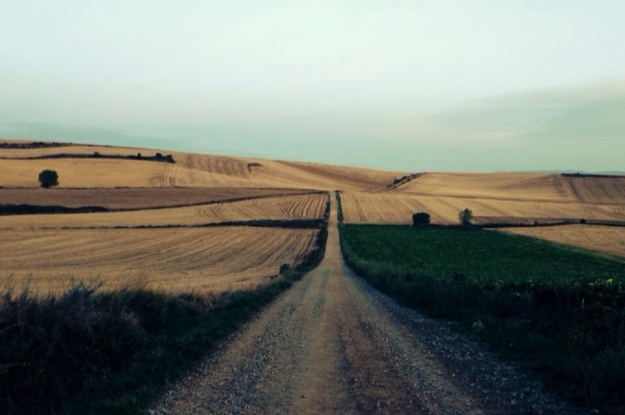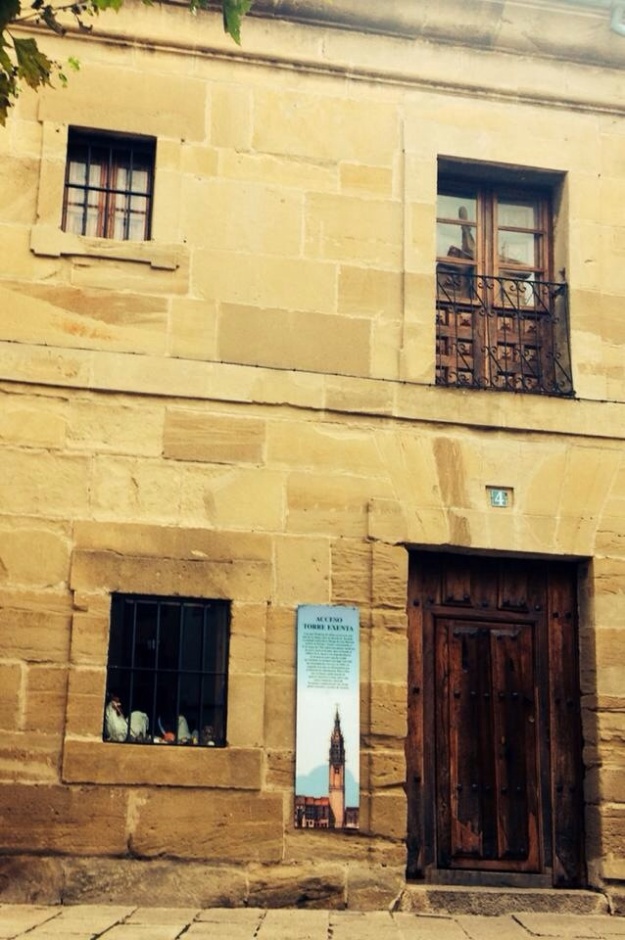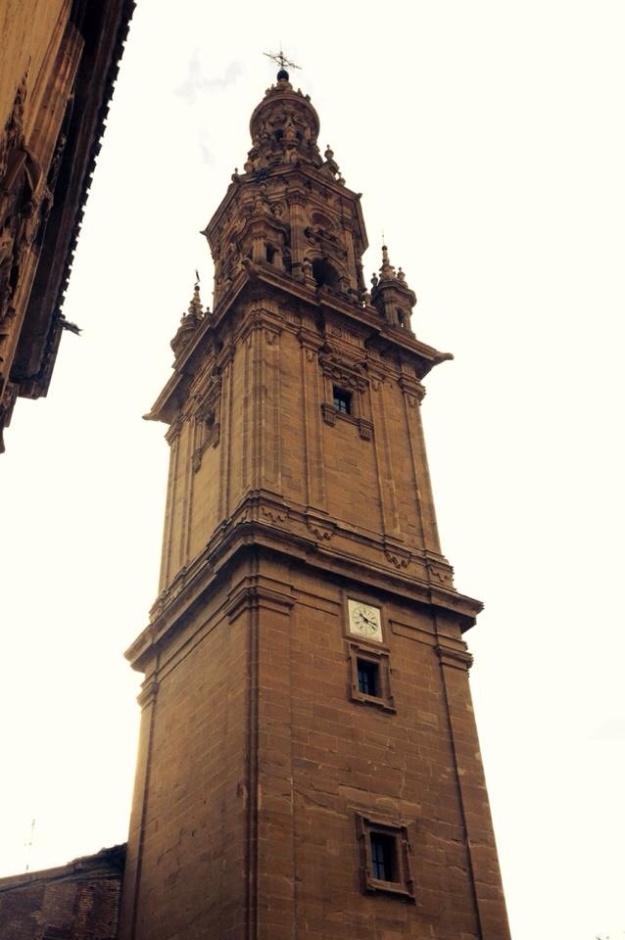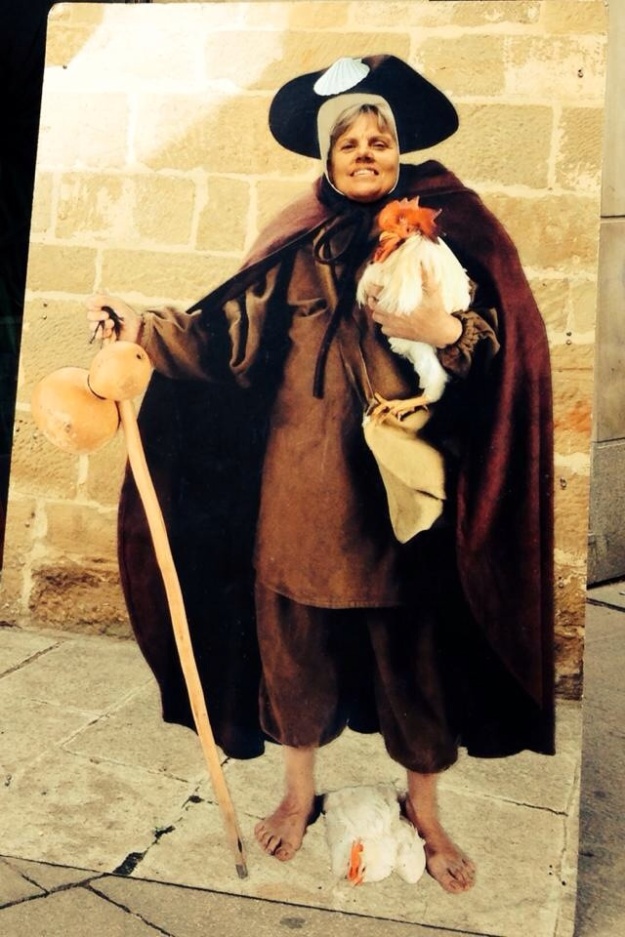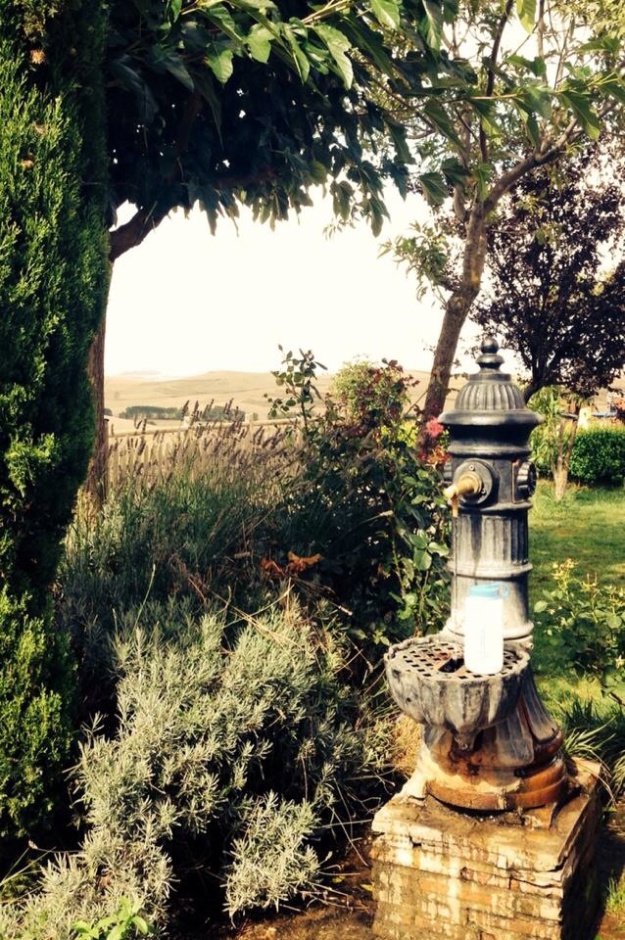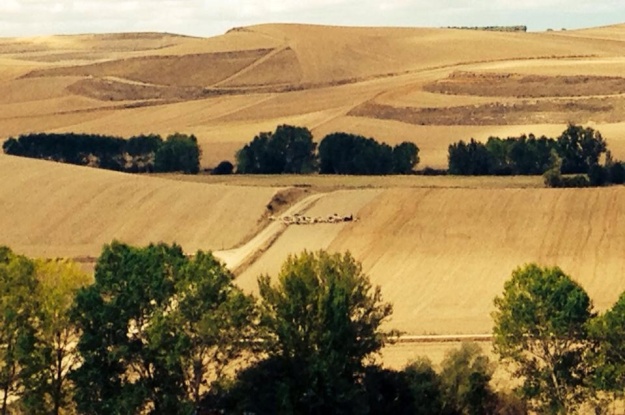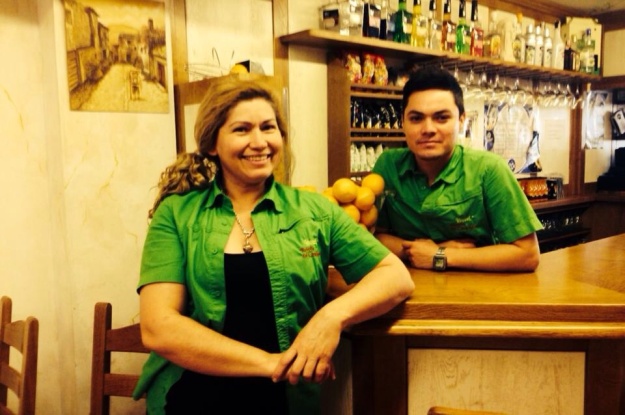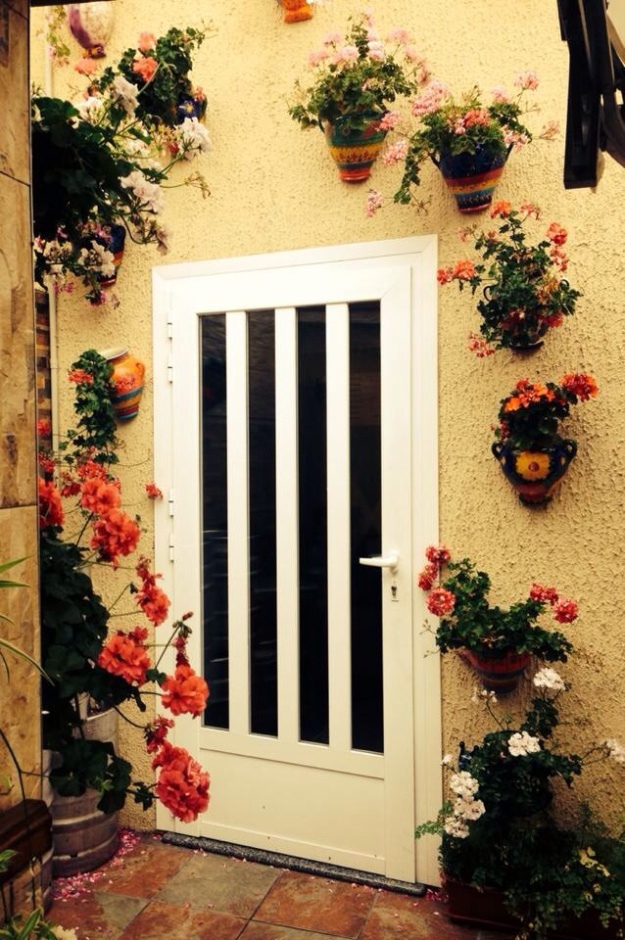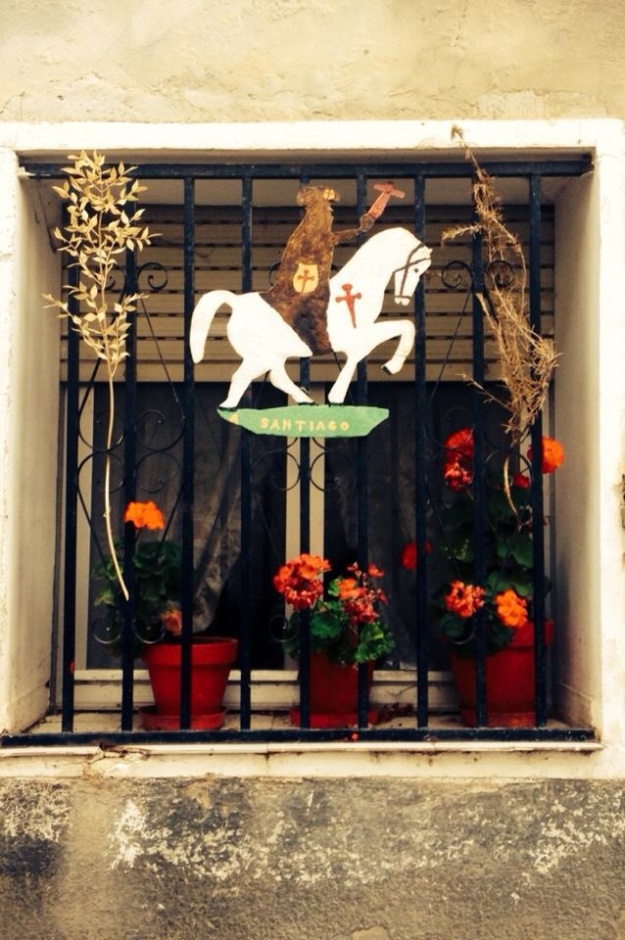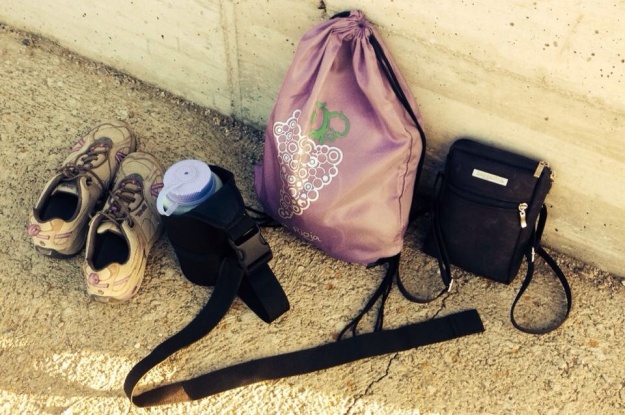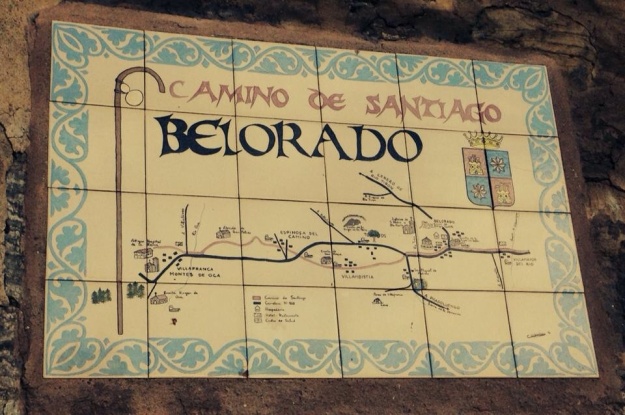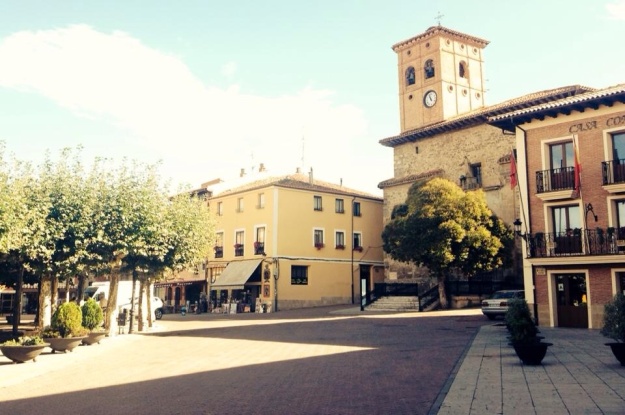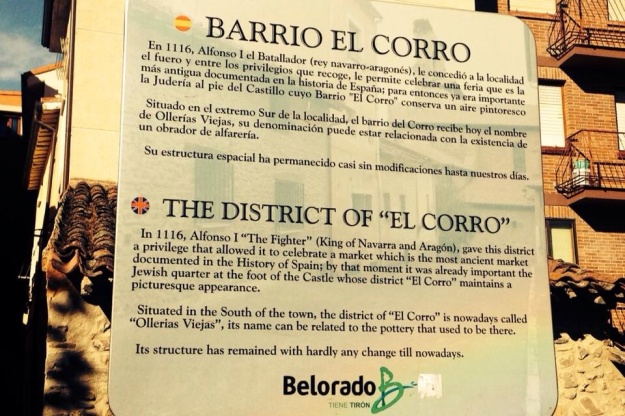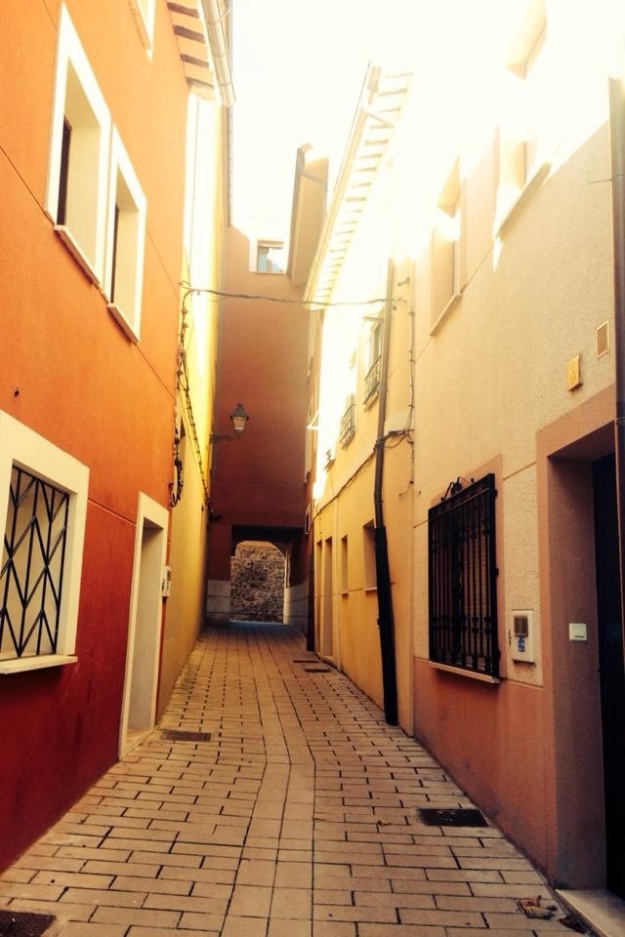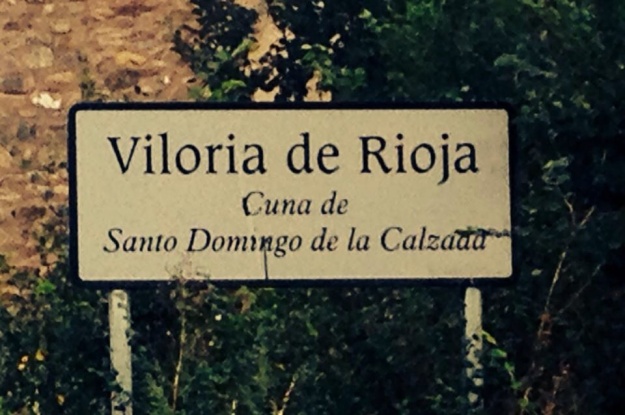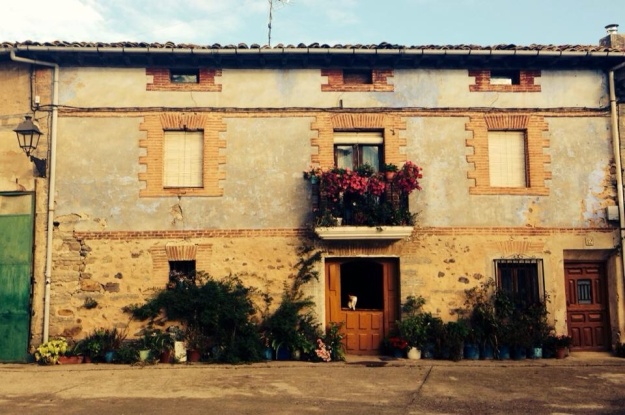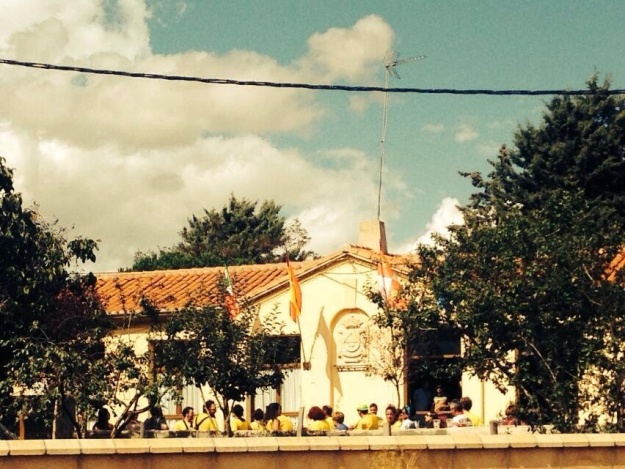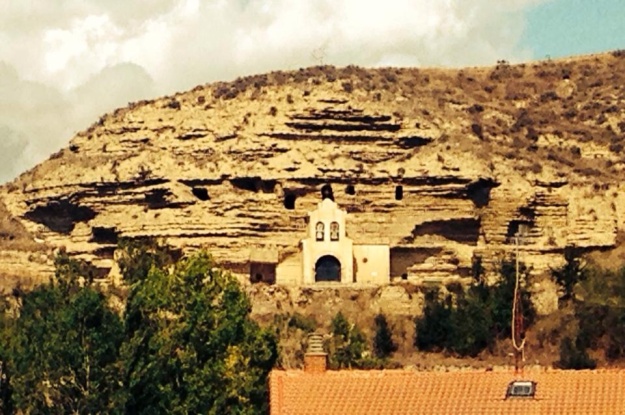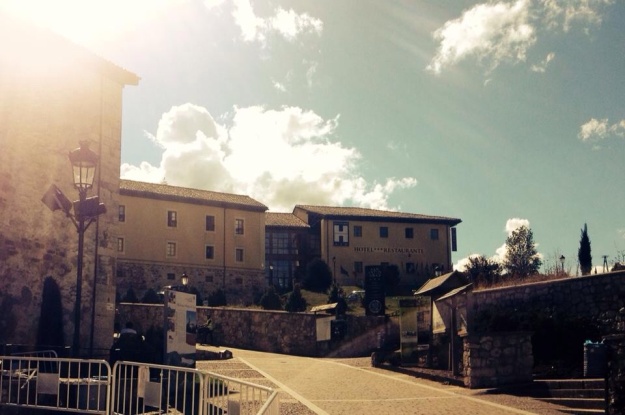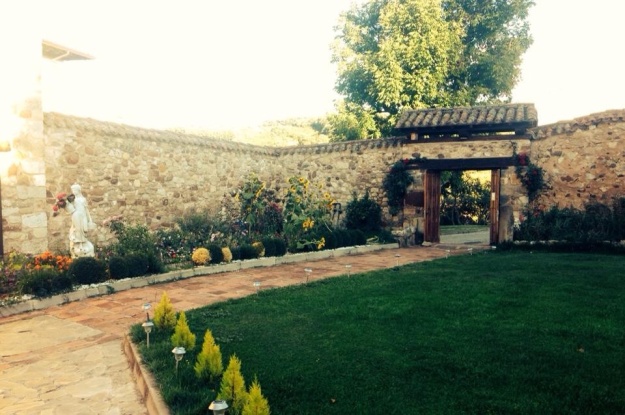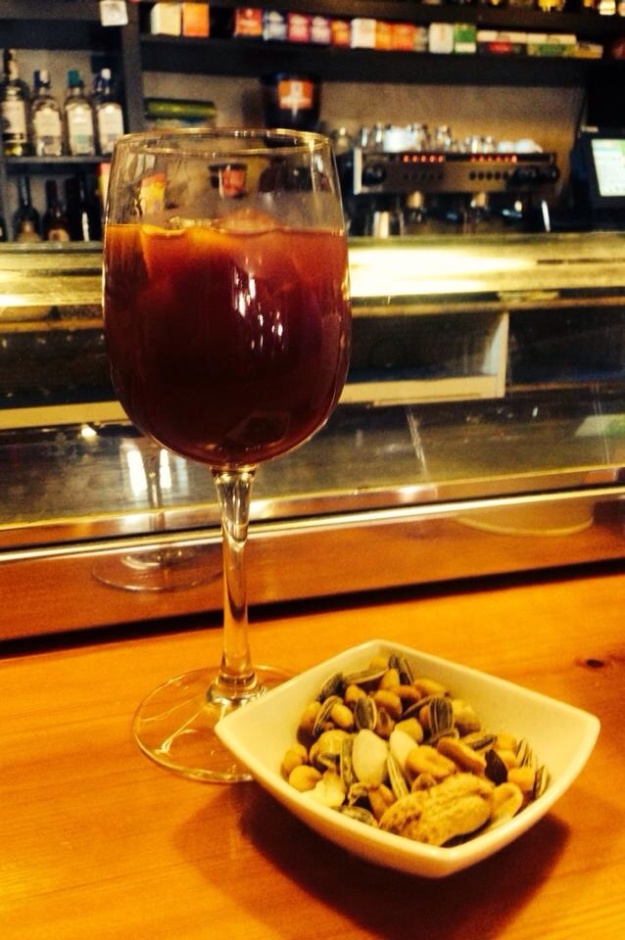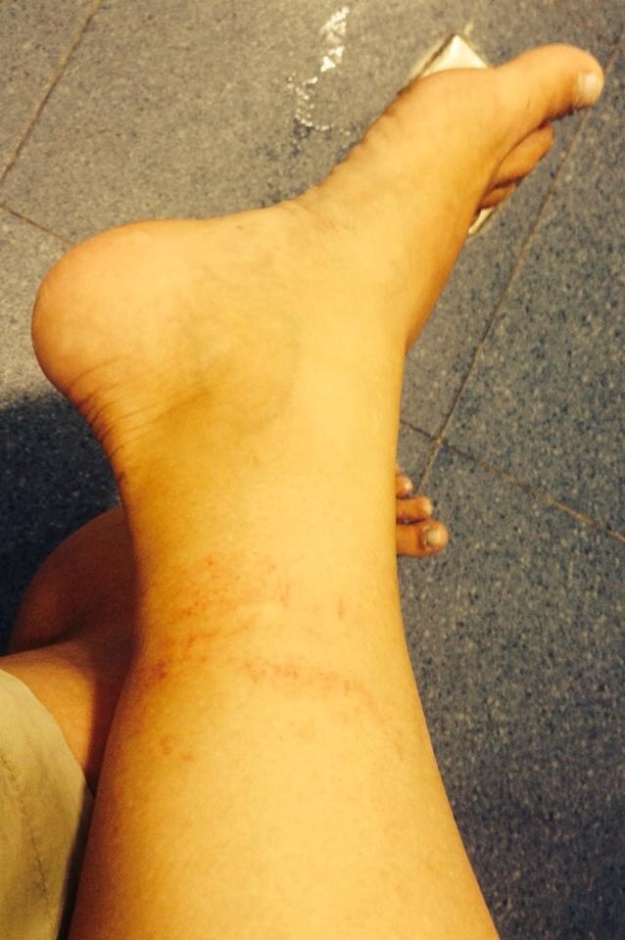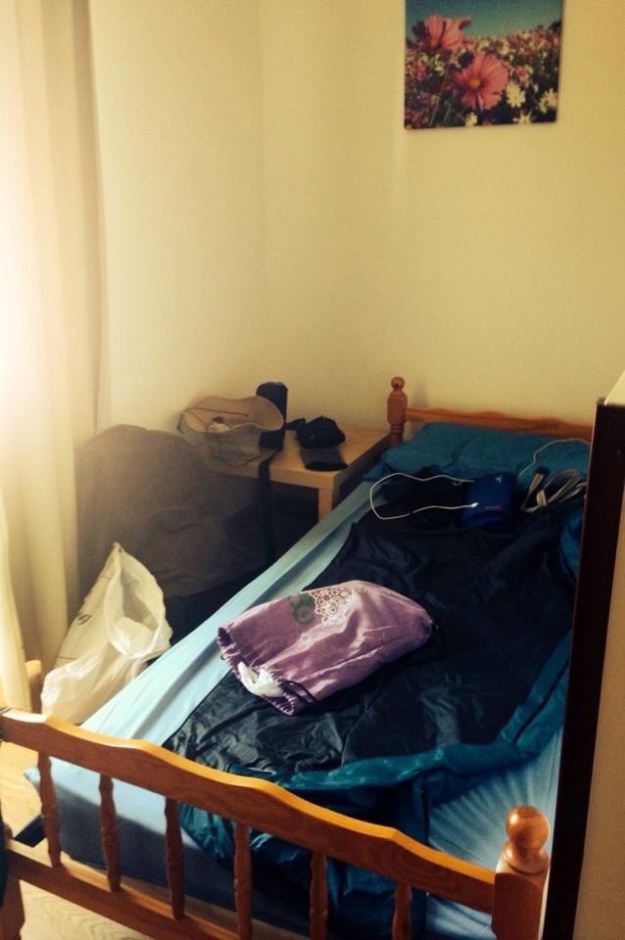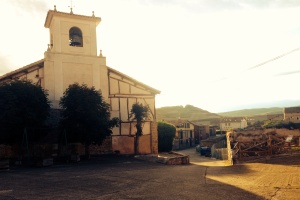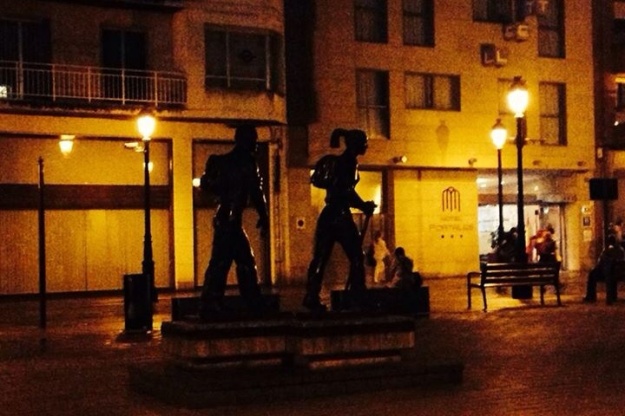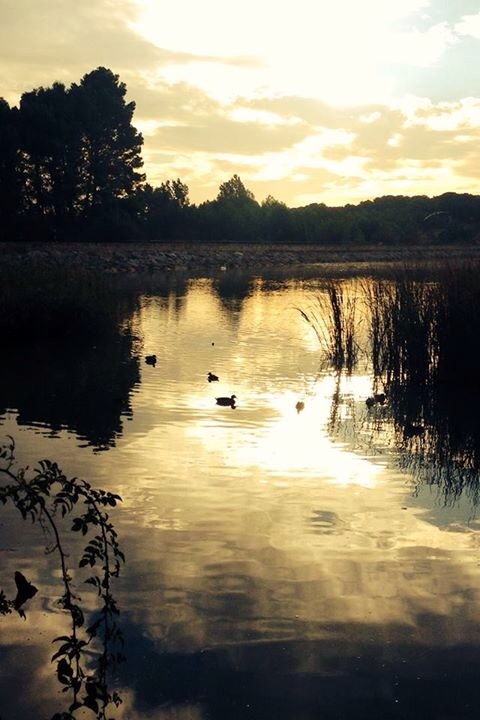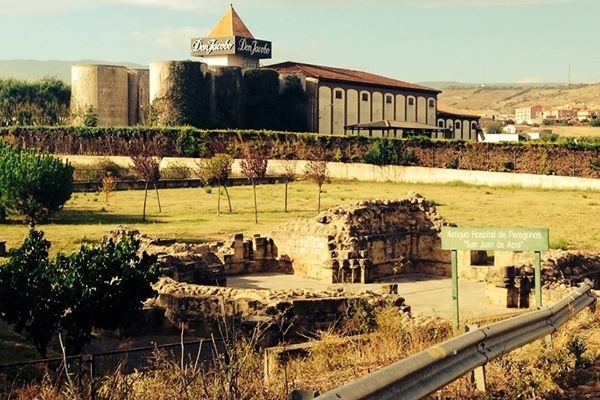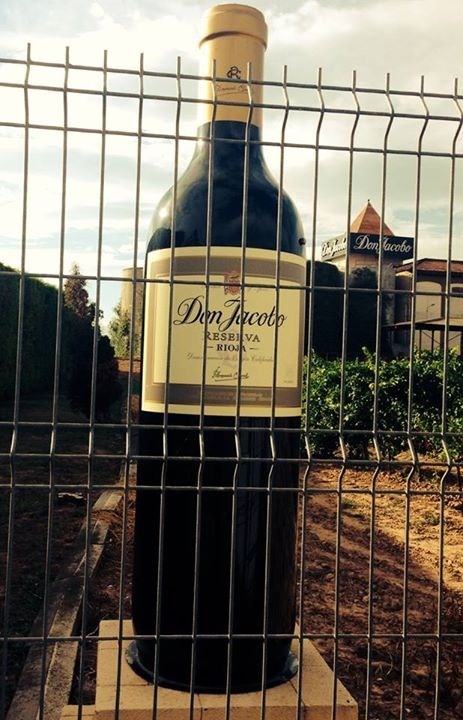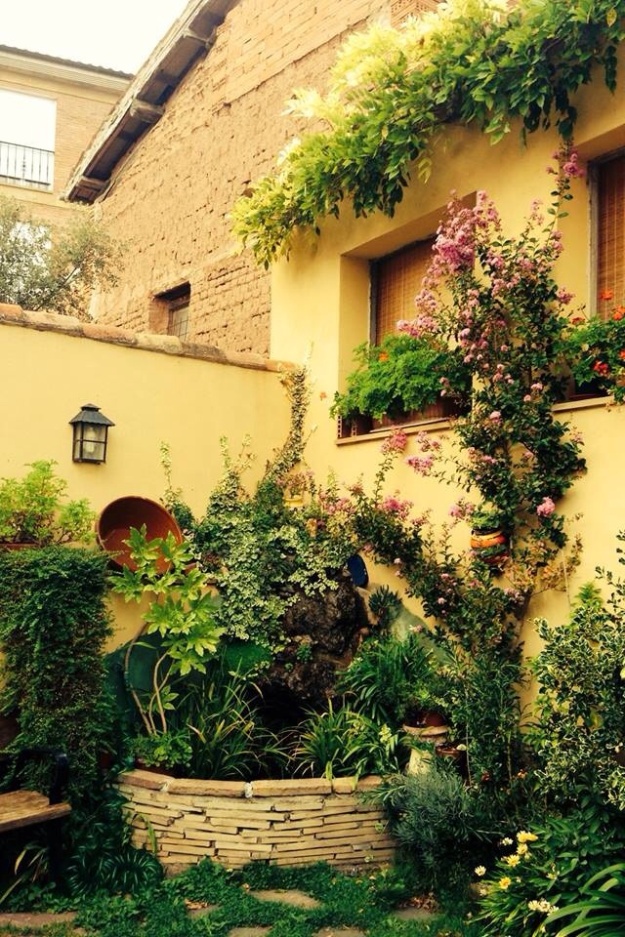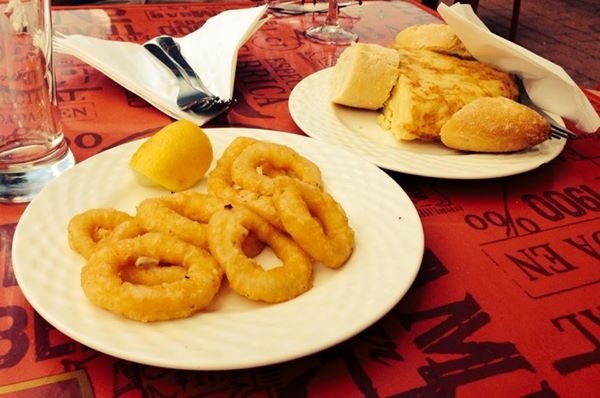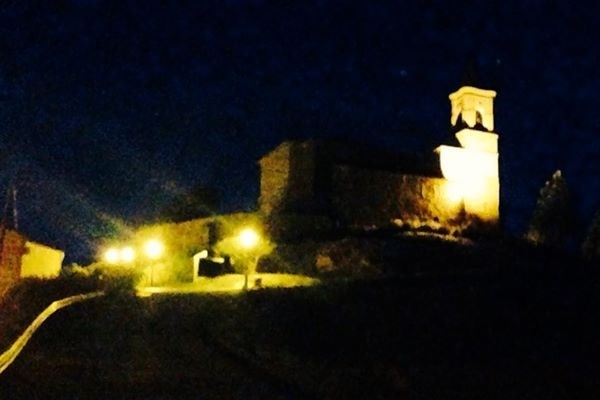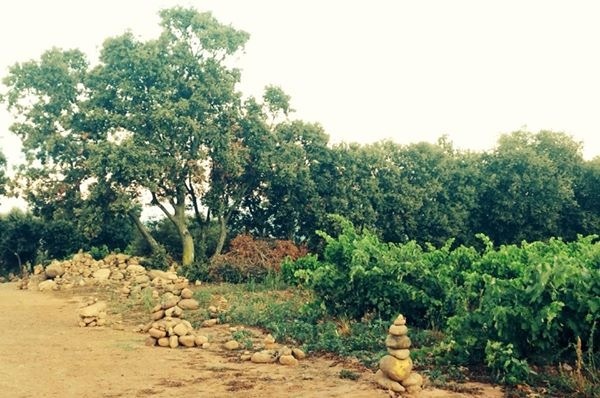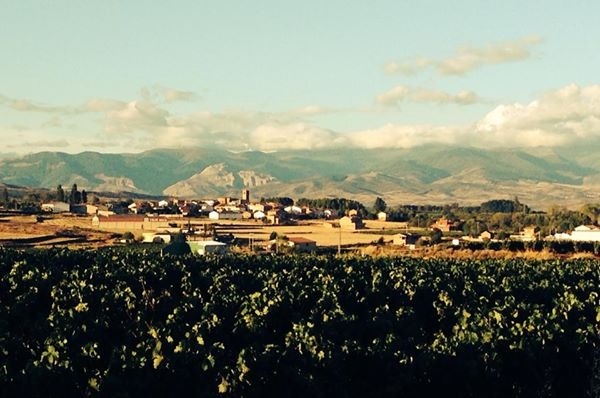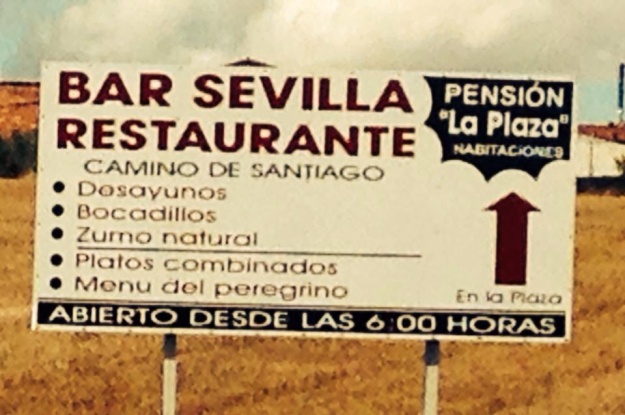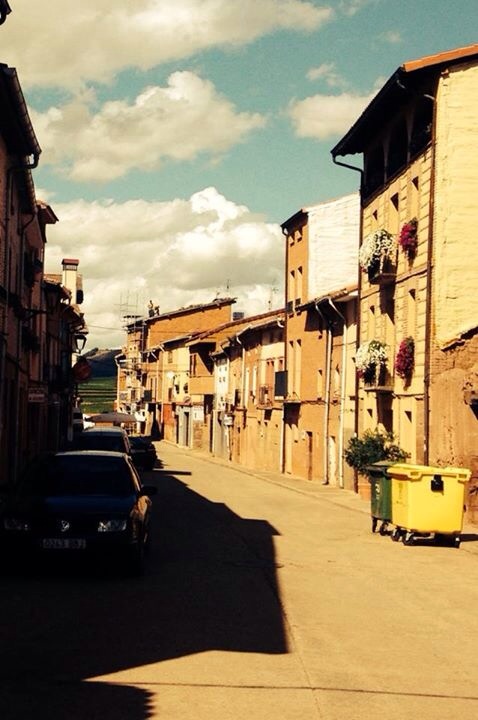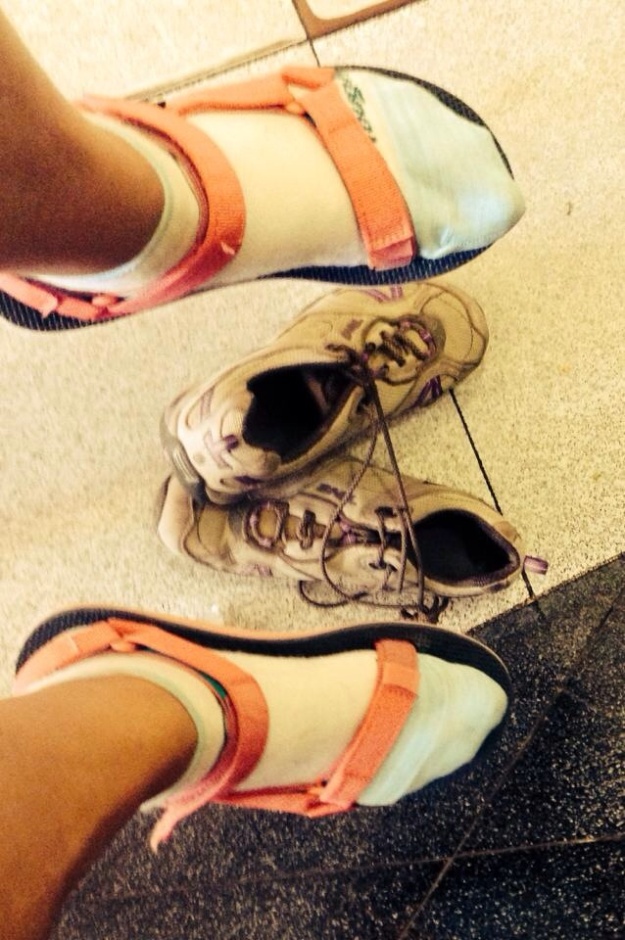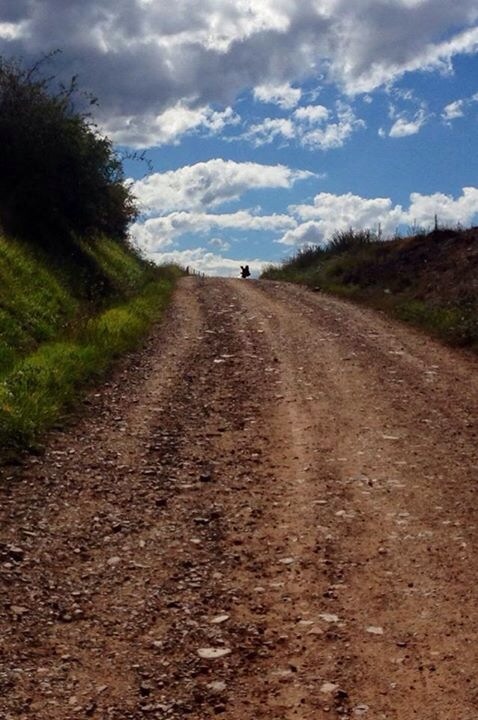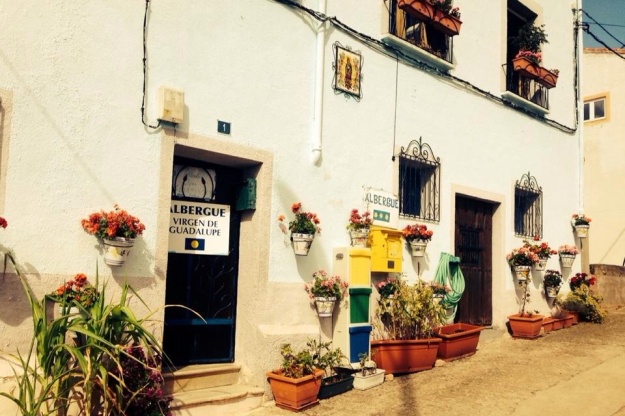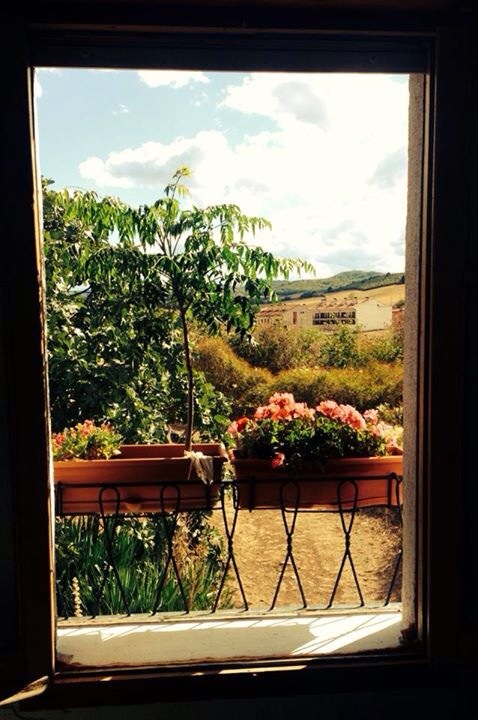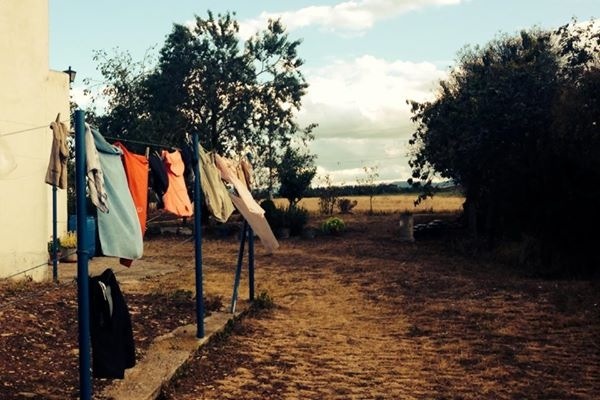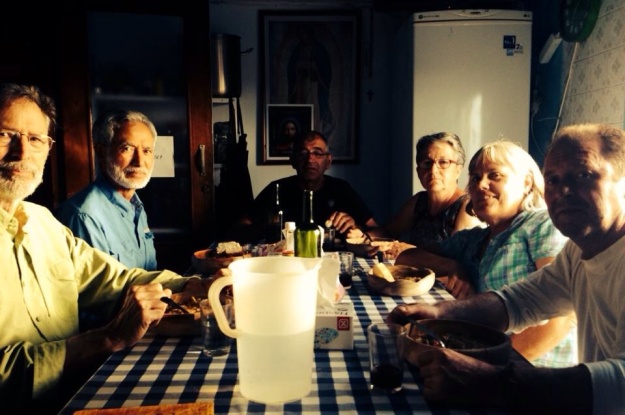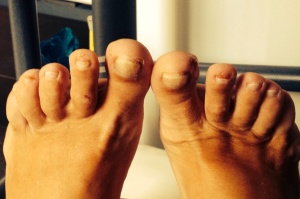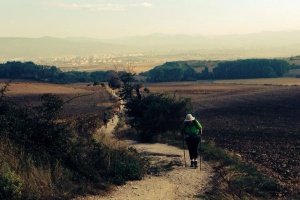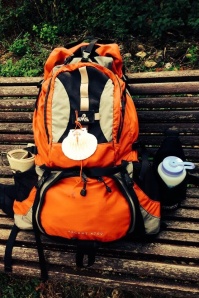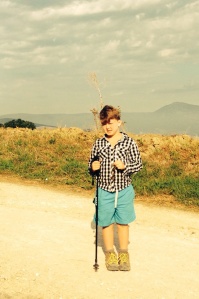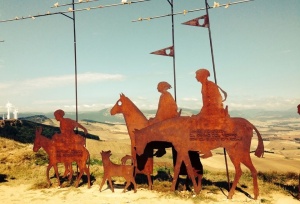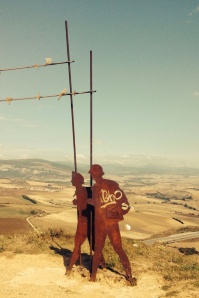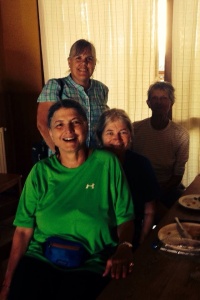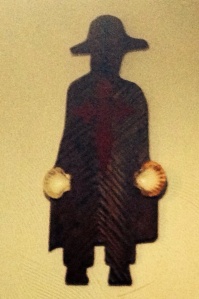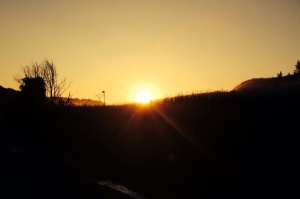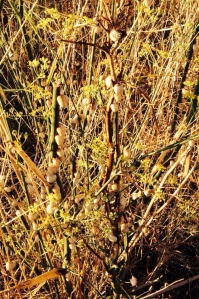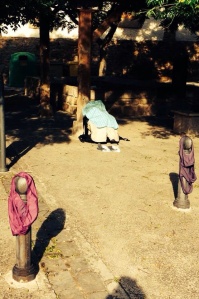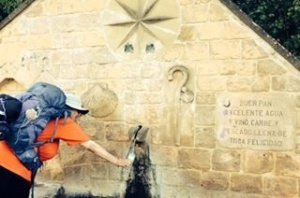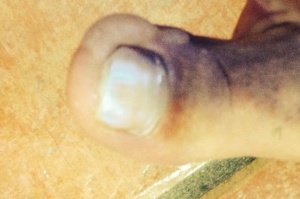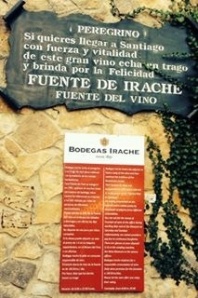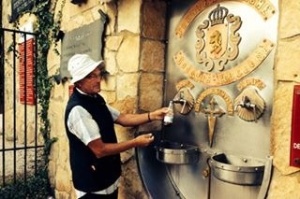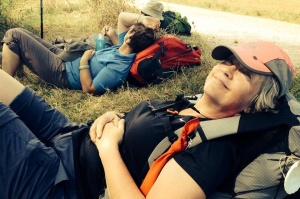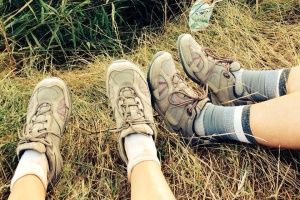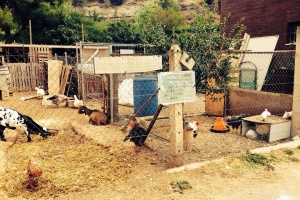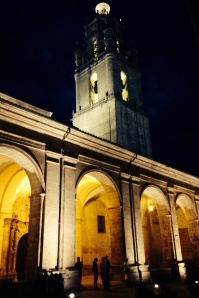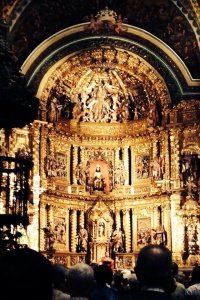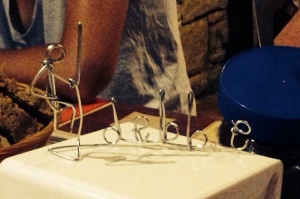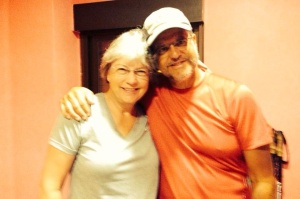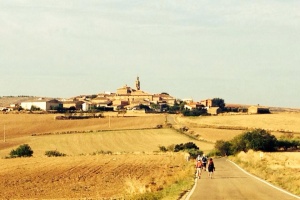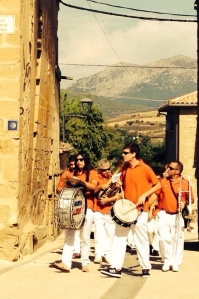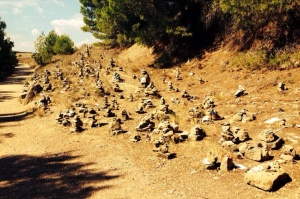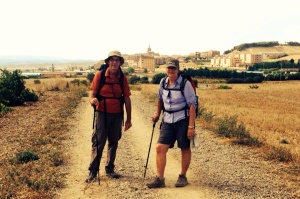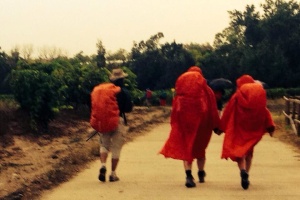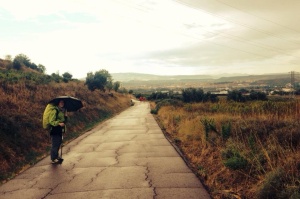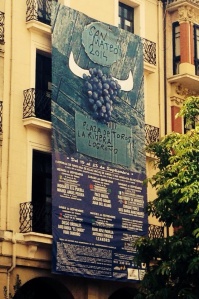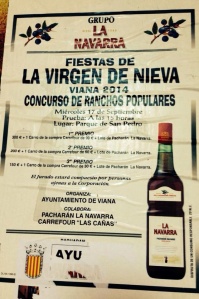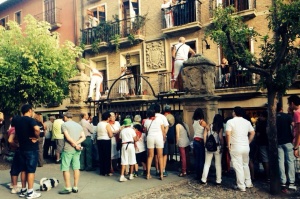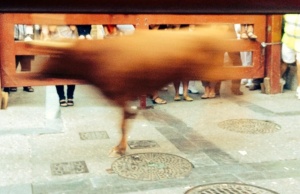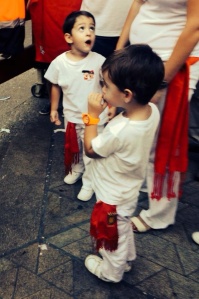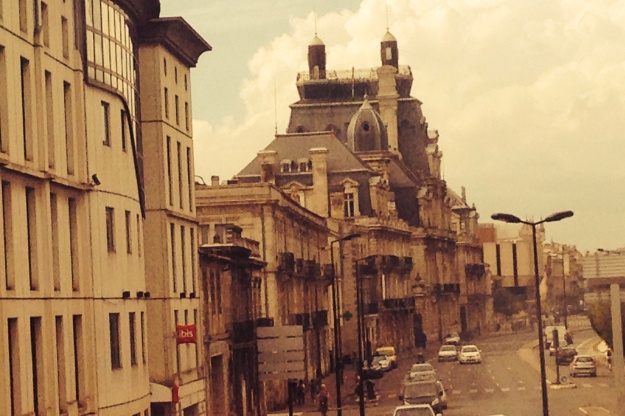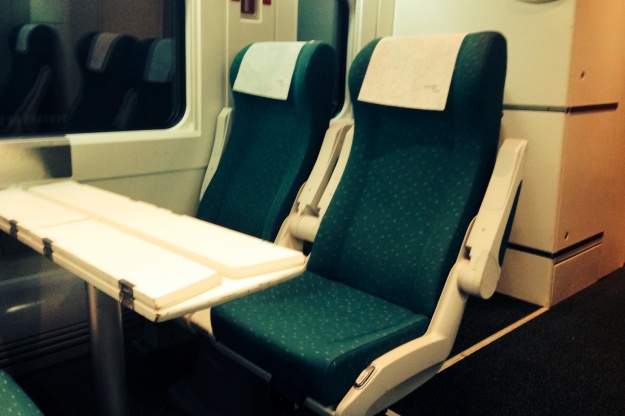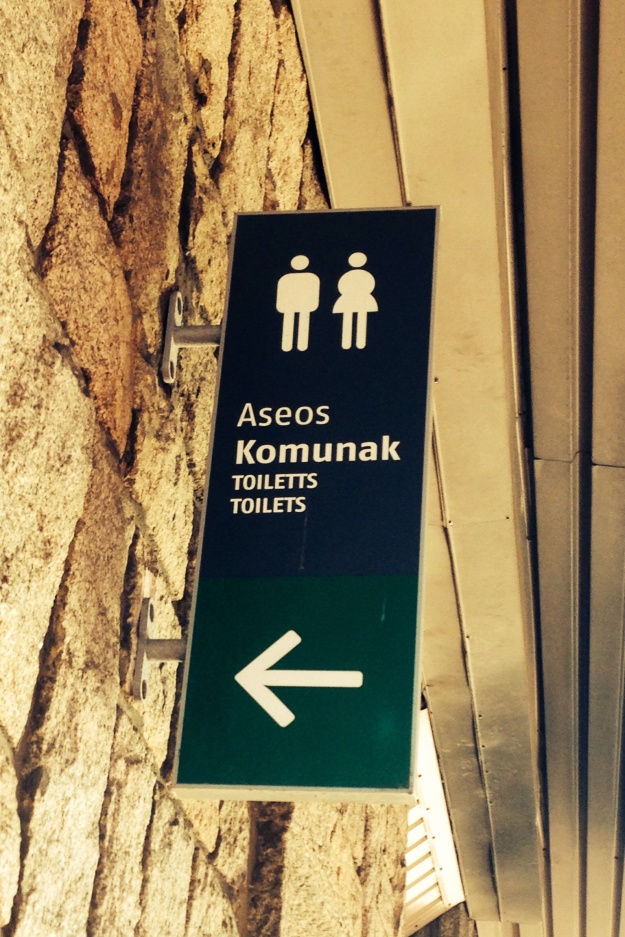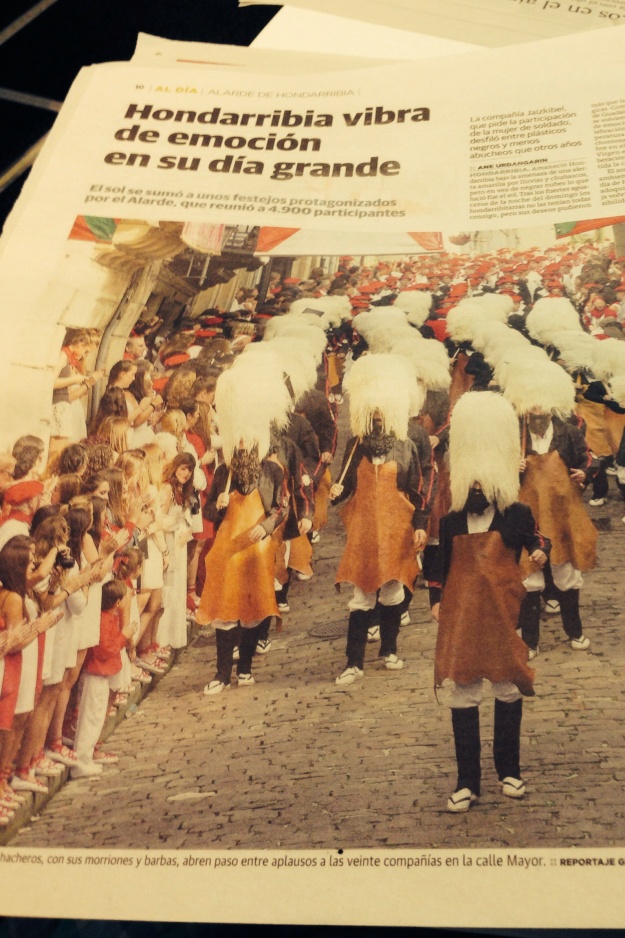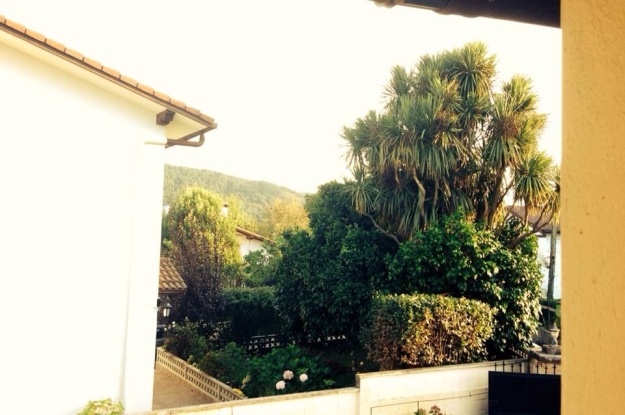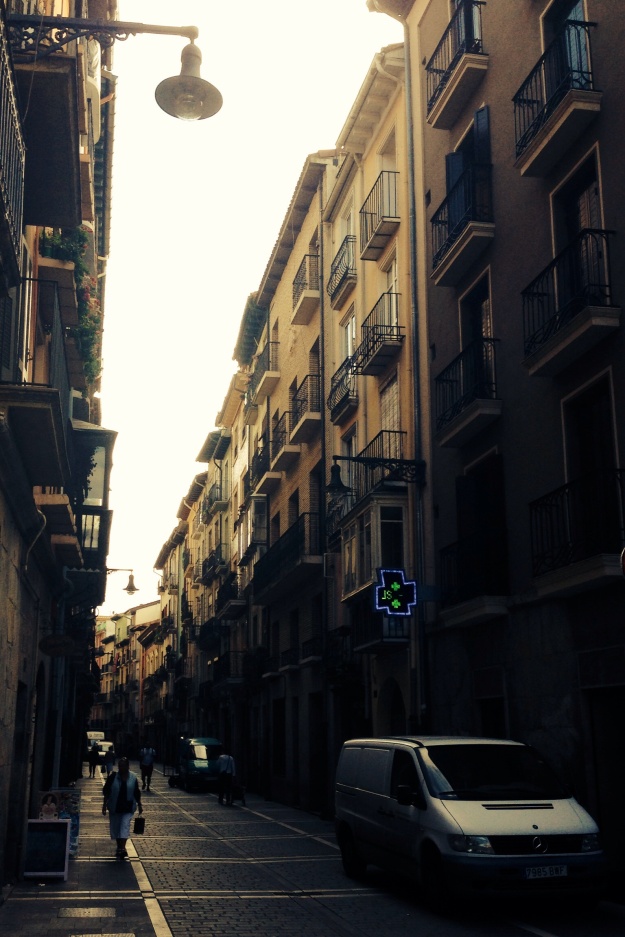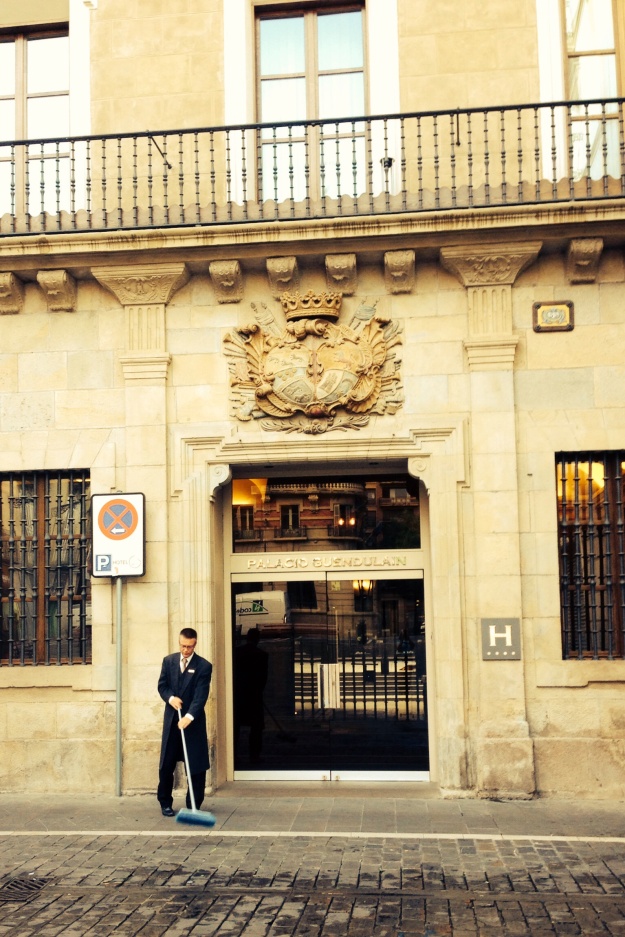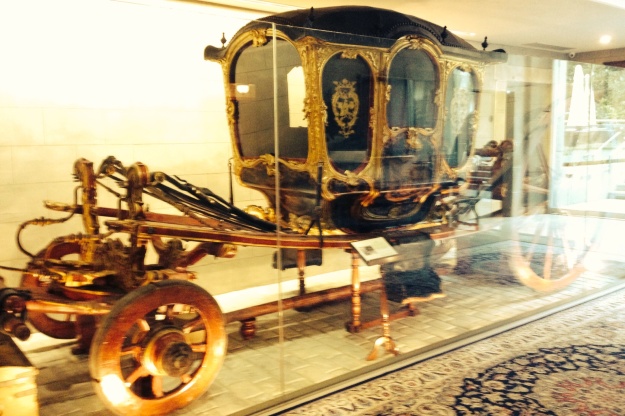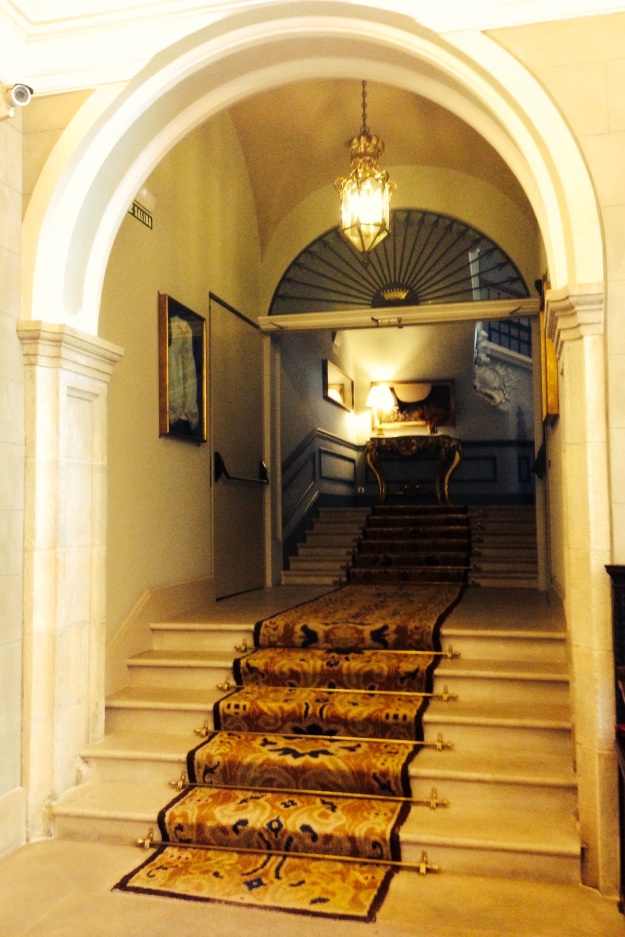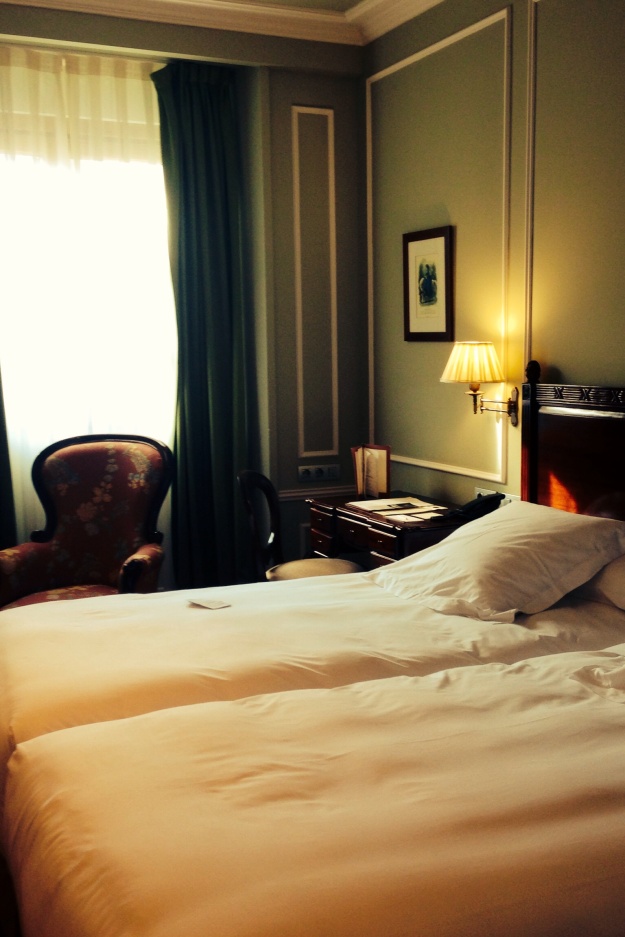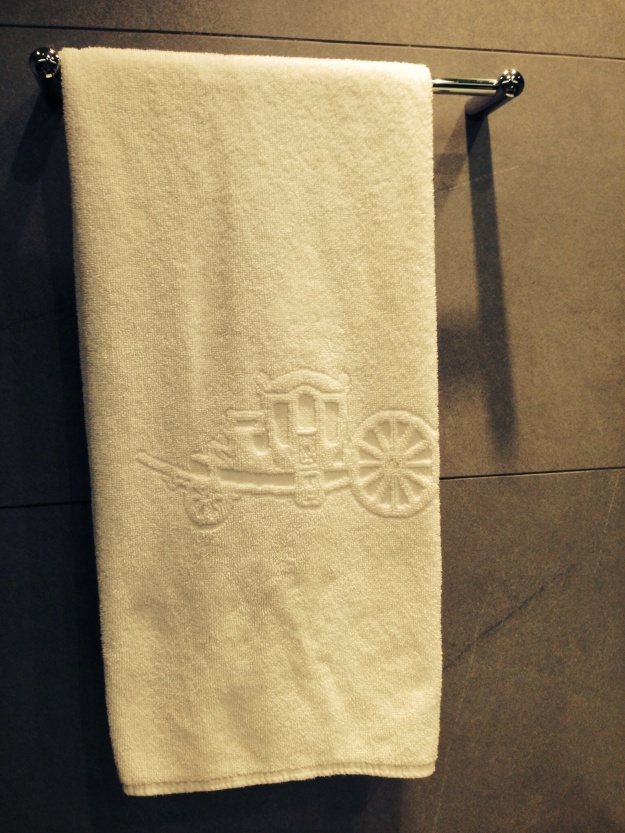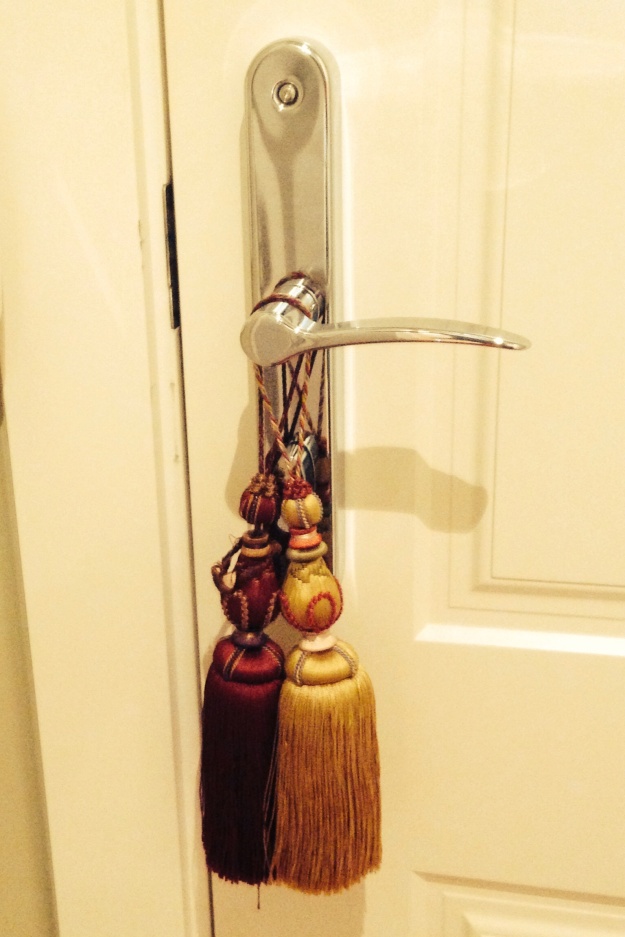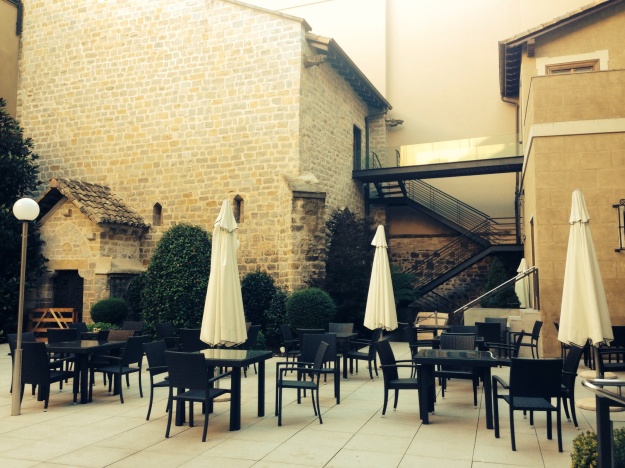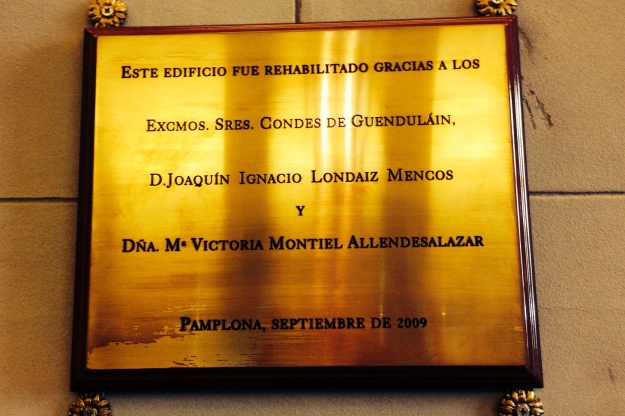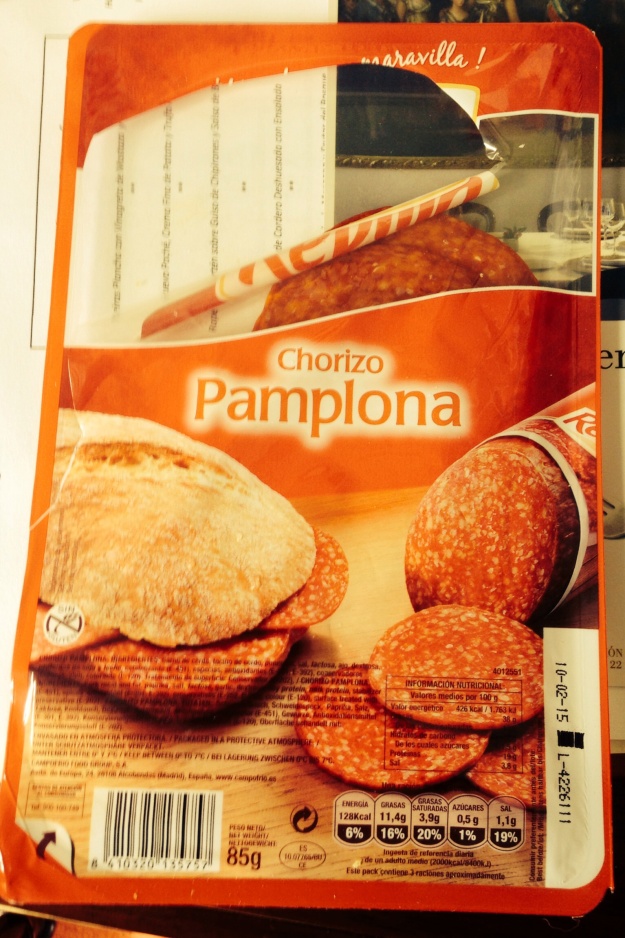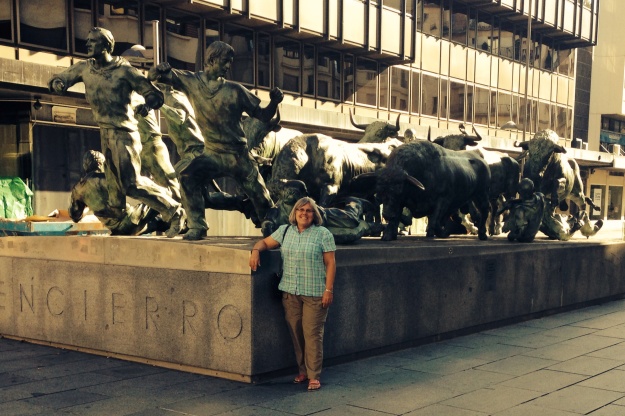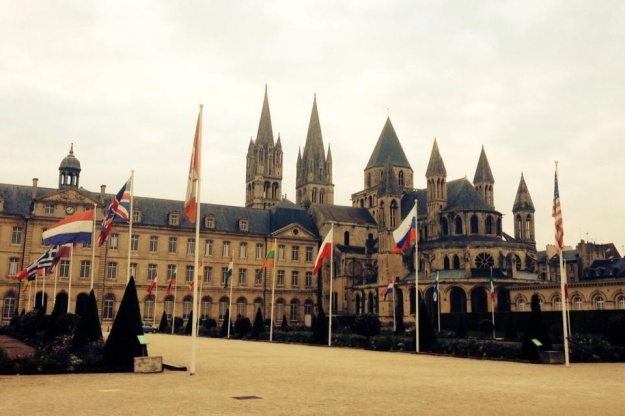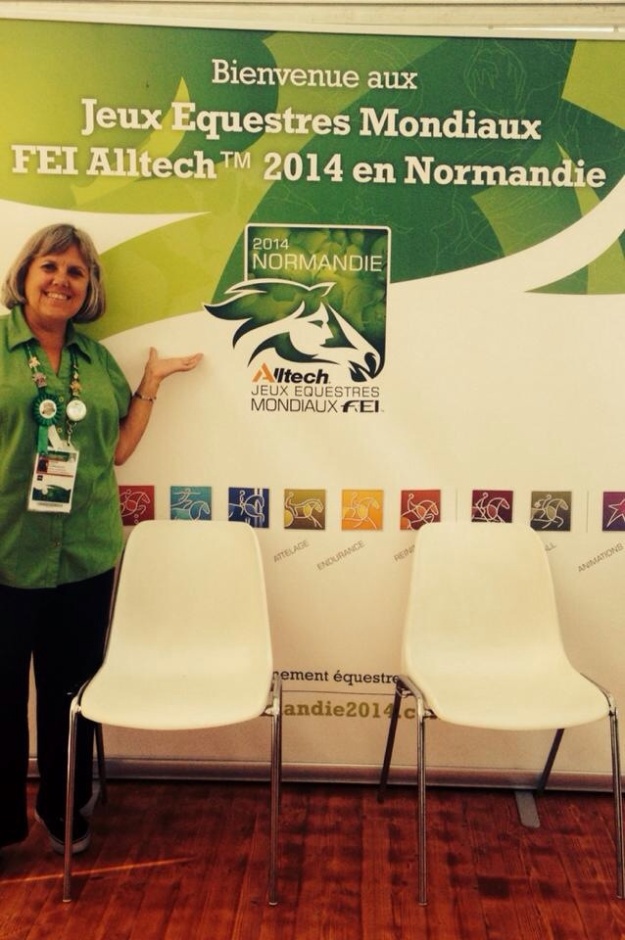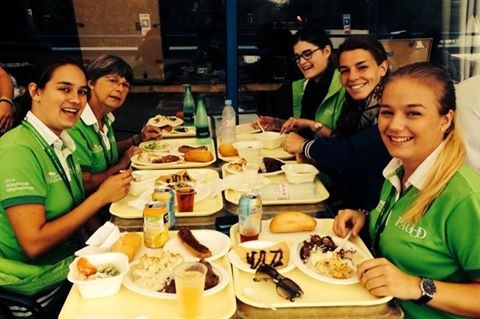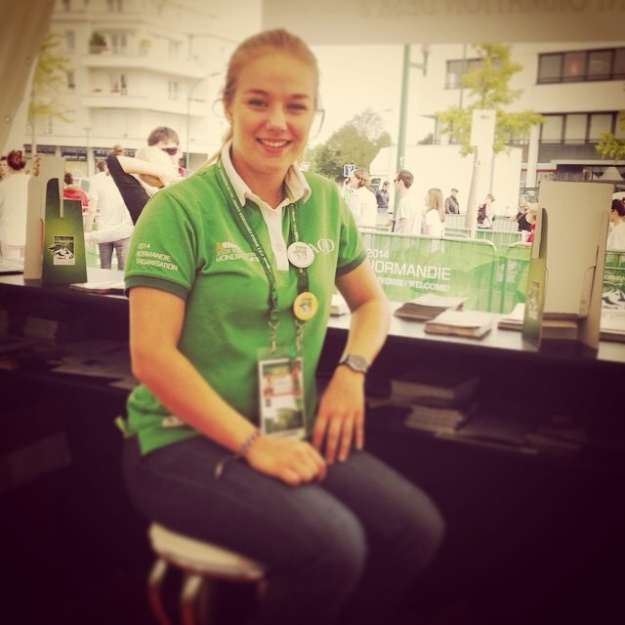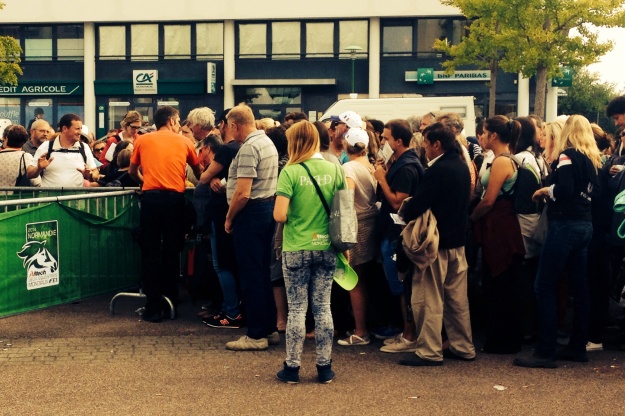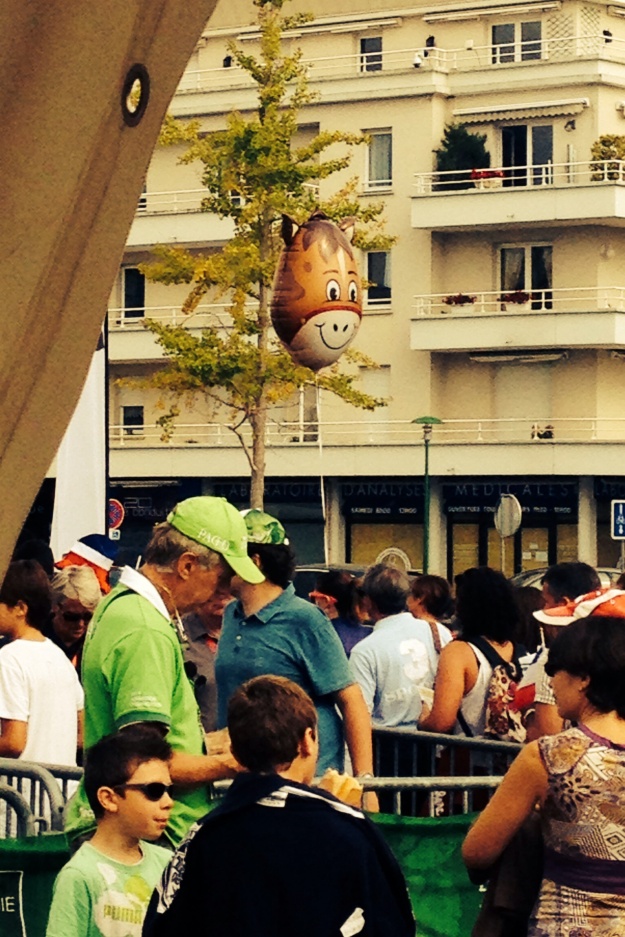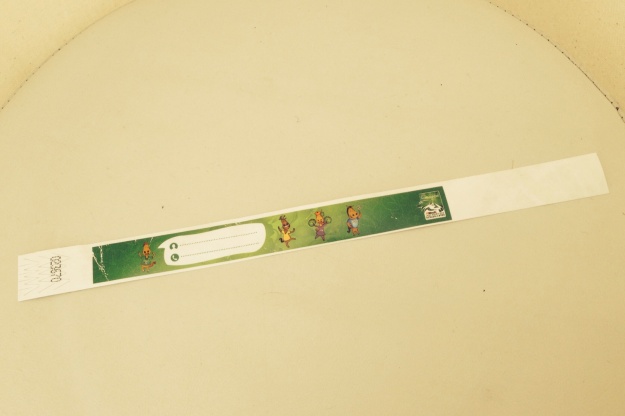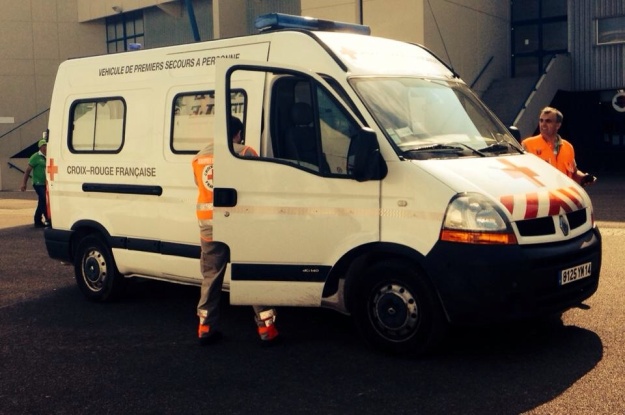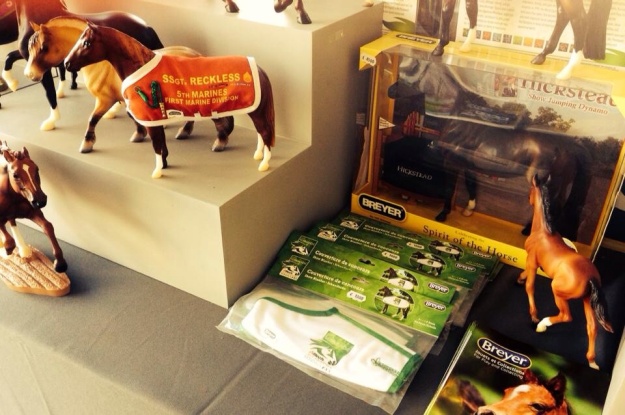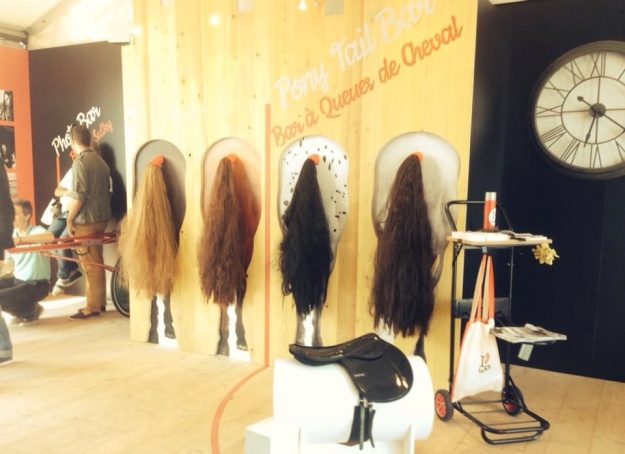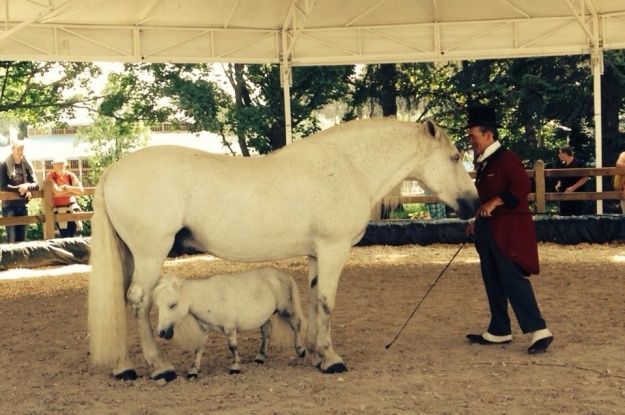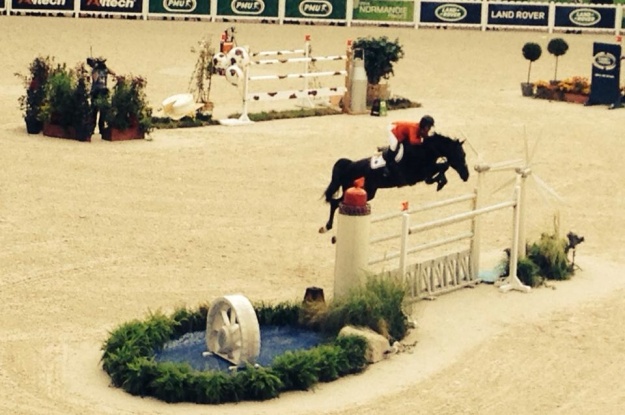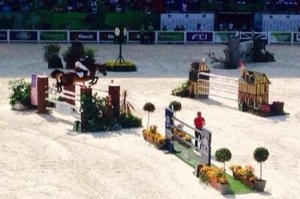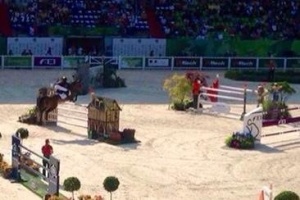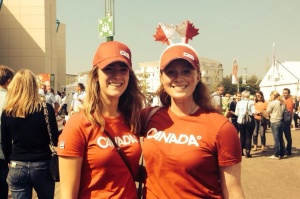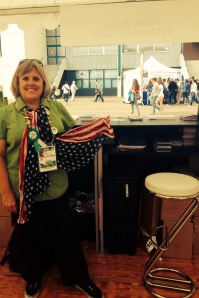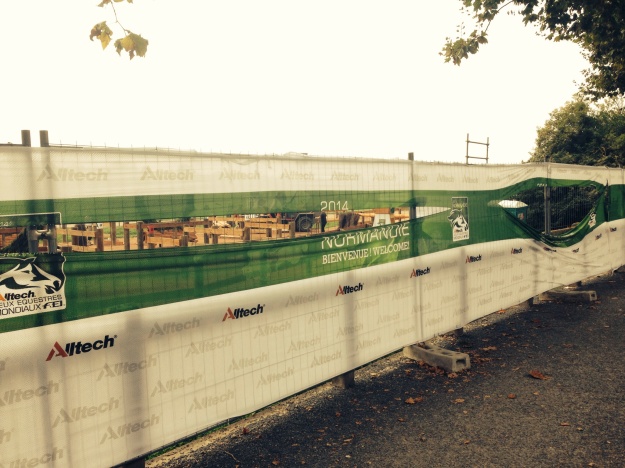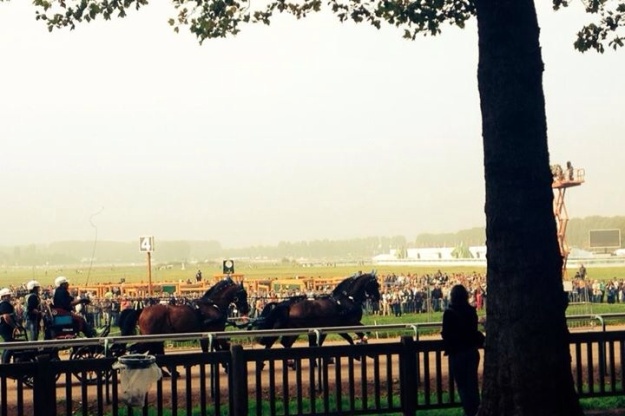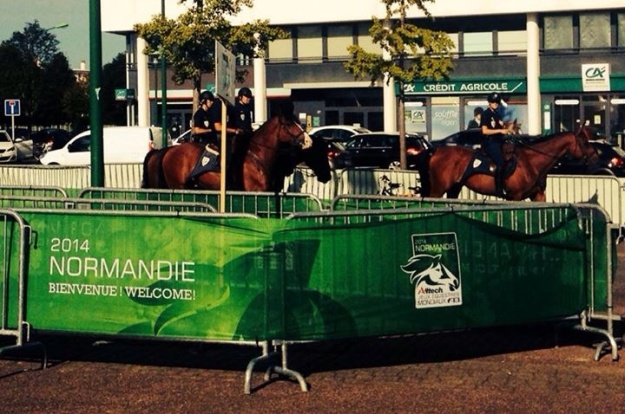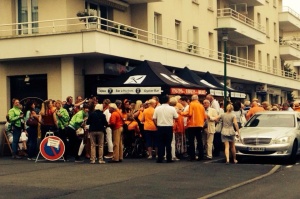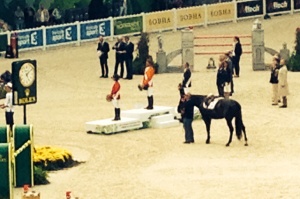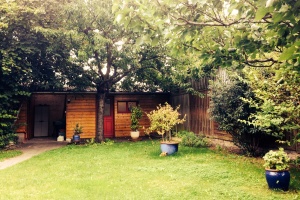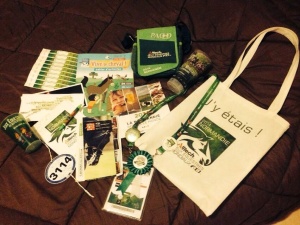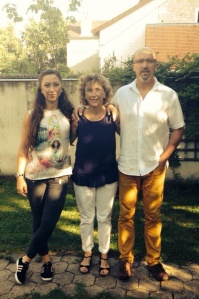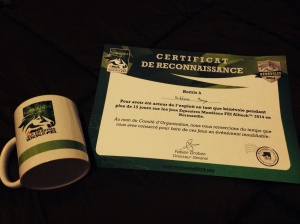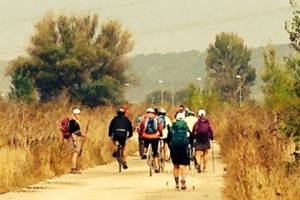
Within an hour of leaving Burgos I ended up in a bottleneck of hikers just as a group of more than 10 cyclists whizzed by. If you’re looking for solace, walk the Camino portugués, not the Camino francés (at least not in September!) A German I walked with did it last year – it’s shorter, cheaper, well-marked, and not crowded. (Oops, I wasn’t supposed to say that! Now that will get crowded too!)
I was thinking of titling this post “Rules of the Road” but I really don’t think there are rules. The road just is what it is. There are conditions and circumstances that make it more or less enjoyable. I’d say my own personal “Conditions of the Camino” are:
1. Do not walk more than 10 km a day.
2. Wear knee support.
3. Walk after the sun has risen (8 am) Depending on terrain, it’s only going to take 2 to 2 1/2 hours to walk 10 km. You can’t enjoy the landscape in the dark. And it’s easier to get lost
4. If it’s easy terrain, carry the pack. It gives you a lot more flexibility if you have your things with you.
5. Arrive early. (But not too early. Many albergues don’t open until noon)
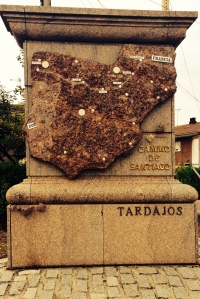
The first town I walked through was Tardajos. This map found as you enter town gives you a good sense of what I’ve walked. I started in Pamplona, not the French border!
I would not have chosen a lot of this, but ironically I think it has me enjoying things more. As a result of walking less, there are many advantages:
1. I can be the last one out, and have more room to organize my stuff.
2. I’m not in a rush. It’s hard to stretch 10 km into even 3 hours
3. I’m usually the first person at my destination, get the best bed
4. I can take a shower and do my laundry before most people show up. No competition for facilities.
5. I’m not tired so I take time to explore the town.
6. I get to know the locals because I hang out with them all day.
7. There’s a whole new group of people to meet every night.
8. More time to blog (if you have decent wifi)
#7 has its good and bad points. Sometimes you meet people you’d like to spend more time with but no one is going this pace. At the most you’ll spend the morning with them walking the next 10 km (but not if you’re the last person out the door)
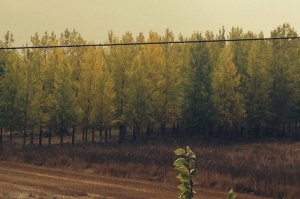
This grove of trees was on the side of the road as I entered Rabé de las Calzadas. You can see the fall color starting and it definitely feels like fall in the morning and evenings. Sun up is around 8 am and sun down around 8 pm
Tonight was the second time in 20 days where the language around the dinner table was Spanish. And the only non-Spaniards were Italian and Portuguese speakers, so they could follow a lot of the conversation. All the Spaniards were saying how much the Camino has changed in the past 5-8 years: more commercial, crowded, not very contemplative. One said that estimates were that there are currently 30,000 on the Camino francés.
The first day of walking on my rejuvenated leg took me to Rabé de las Calzadas. I had a reservation and shipped my pack, and was the first to arrive – about 20 minutes before it opened at 12:30. Three other people waited with me, including two future roommates – one from Portland OR and the other from Germany via Turkish parents. We got into a discussion about the movie “The Way” which everyone discusses all the time on this trip. My experience with this movie was finding it as a bargain basement DVD a few years ago and picking it up thinking it might be of interest since I hoped to walk the Camino one day. I don’t ever remember it being in theaters. I thought it was mostly uninspiring, although the scenery is nice. Apparently it has moved thousands of Americans (and others – apparently it showed in Germany) enough to walk the Camino. So basically Emilio Estevez and Martin Sheen are to blame for the 30,000 people currently hogging all the beds!
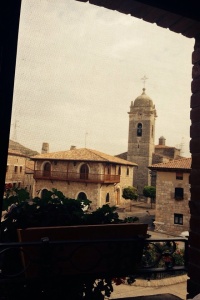
View of the church from the window in our room. There is a monasterio (convent, in this case) along the street by the church where the nuns have evening vespers at 8. We made a visit.
When I voiced my lukewarm review of the movie my Portland roommate reacted as though I’d committed a sin! This was her second time on the Camino and she felt she needed to come back to get grounded and make decisions about life. I still think this is like a mad rush playing musical beds!
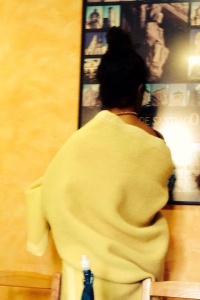
A Camino classic: wearing a light summer top and skirt while laundering everything else you own – and keeping warm with a blanket from the albergue!
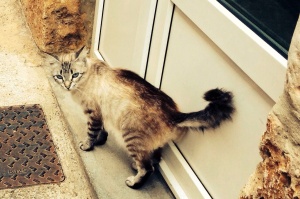
One of the few friendly kitties I’ve met – most are street cats and very skittish. This guy was sitting on the window sill while I pet him. Then he got down and waited by the door as if to say “you got to pet me, now let me in!”
Dinner that night was a little less serious. Two sisters (one now in Vermont and the other in Chicago) helped me finish off a bottle of red wine. We ended up singing traditional songs of the countries represented at our dinner table – Frere Jacques, It’s a Long Way to Tipperary, and She’ll Be Comin Round the Mountain When She Comes.
Many of us went to the evening vespers service at the convent that night. It was a bit confusing since you had to be buzzed in. You really didn’t want to show up late. After the service they did a pilgrim blessing and asked us to pray for them. Since the youngest was probably in her 60s I can understand why – if someone doesn’t join soon, there will no longer be a convent. They were very sweet as they tied medals of the virgin around our necks and gave us kisses as though we were undergoing first communion.
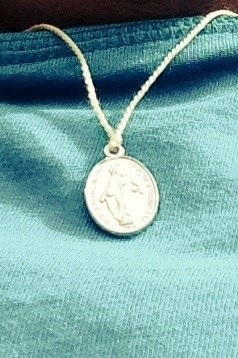
At vespers that night the nuns gave the pilgrims a blessing and gave us these medals. (For some reason all I can think of is Catholic guys in high school!) They commented on my Spanish since I could read along and told me I was nearly andaluza since I’d lived in Sevilla! It’s been a long time since I was kissed that much!
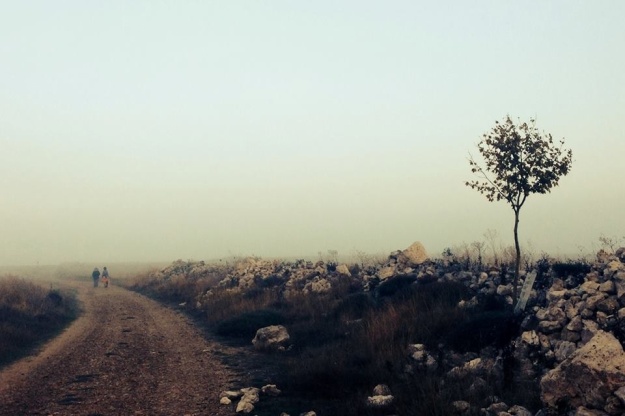
The morning we left Rabé. My plan was to leave at 8 since I was only going 10 km but I was up so early I left in the dark at 7. Between the time and the fog, it’s a miracle we saw the road. My trusty mini UMARMY flashlight came in handy!
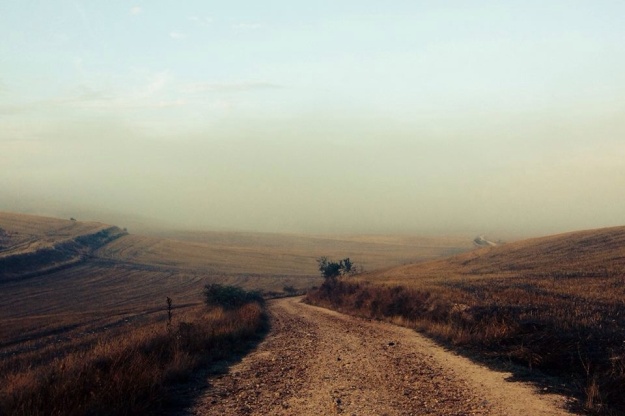
Matamulas was not as steep as I expected but there was plenty of loose rolling rock. I guess I’m glad I shipped my pack!
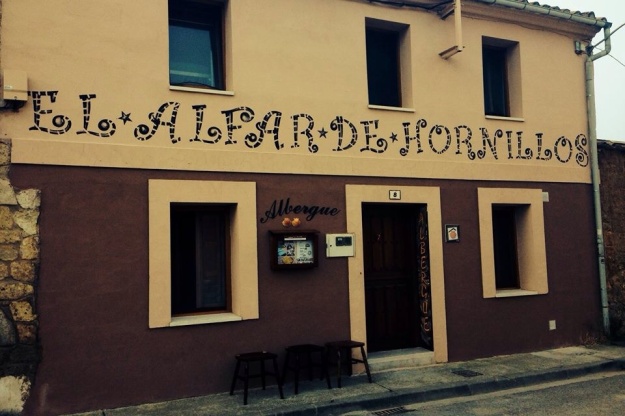
I ended up arriving at the albergue at 9:30am, an hour an a half before it opened. The only cafe/bar in town also didn’t open til 11 so they let me wait inside on the couch. I beat my backpack delivery by about 45 minutes!
The day I walked to Hornillos was an exercise in killing time. I arrived at 9:30 (see rule #1-no walking before sun up) and knowing nothing was open in town, the innkeeper let me sit in the common room as they cleaned up from the night before. They explained there was so much hair on the floor because 4 Catalans were traveling with 2 dogs – one of which was quite large! Once the clock struck 11 I knew the cafe/bar would br open, so I headed down there for second breakfast, which really turned into lunch.
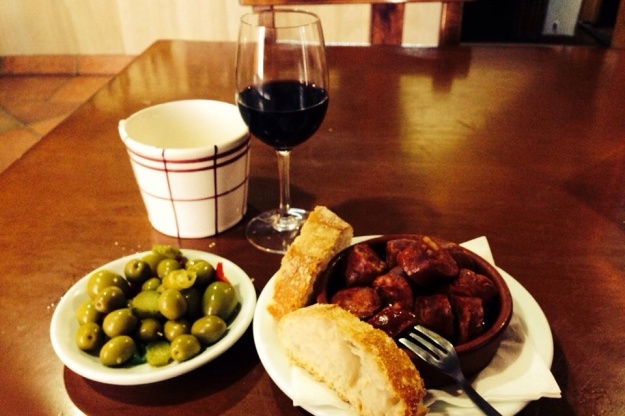
Much of the day in Hornillos I spent in the bar/cafe eating and reading and sometimes playing interpreter for those who couldn’t communicate in Spanish. The chorizo al vino and olives were yummy!
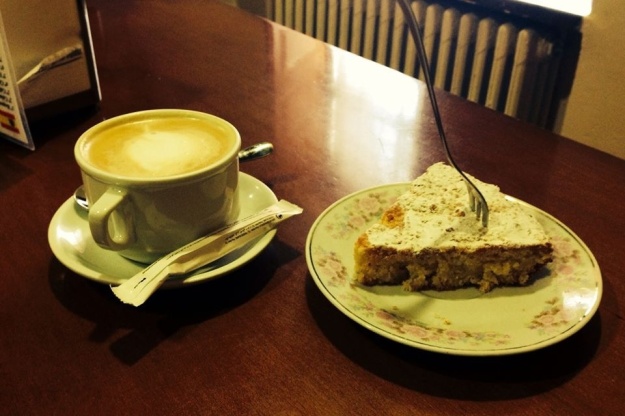
I’d noticed the Tarta de Santiago earlier but didn’t know what it was – it’s an almond tart. Luckily I had lots of time to kill in Hornillos so made another late afternoon trip to the bar for an afternoon snack! This is what gets me in trouble at home – killing time with snacks!
That night we had a communal dinner of paella and salad. One of the pilgrims was a chef from Australia. He said he usually doesn’t divulge that info. We discussed baseball, a sport he claims he knows nothing about. However, he did manage to win a 6-pack of beer by betting the Red Sox would win the World Series in 2004! He claimed when his American friend wanted to bet, the only team name he could come up with was the Red Sox!
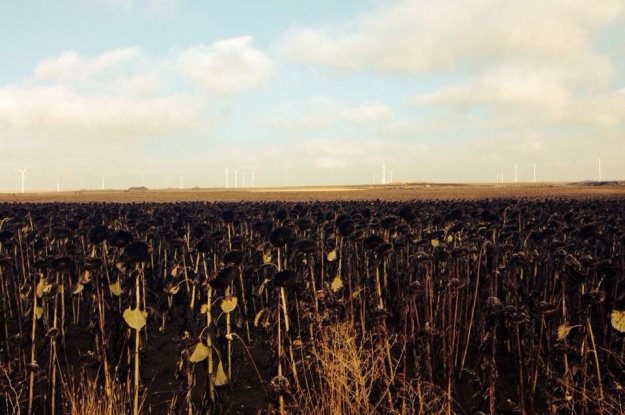
Fields of sunflowers (grown to eat the seeds) alongside windmills. There are windmills everywhere in Spain
So here I am in Hontanas in the municipal albergue. Thought I’d have my own private alcove but someone who claims she has a bad knee just moved to the bottom bunk next to me!
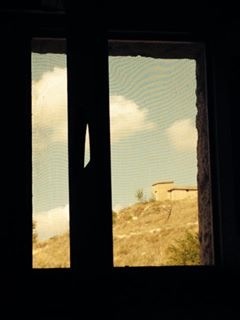
The view as I look down at my feet from my bottom bunk. There are two bunk beds (four beds) in this little alcove. At 6:30 tonight I thought it’d be my private alcove! The innkeeper assigned our bed numbers when we checked in!
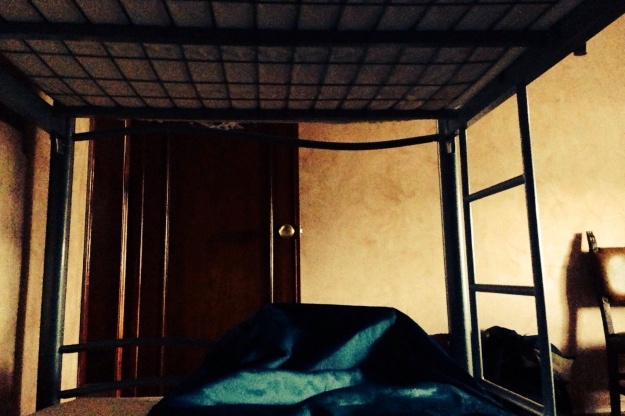
This is a more typical view as I look at my feet! And there is almost always someone in the bunk above me. It’s the last day of September. Maybe the crowds are thinning for October!
That’s all for now folks!

